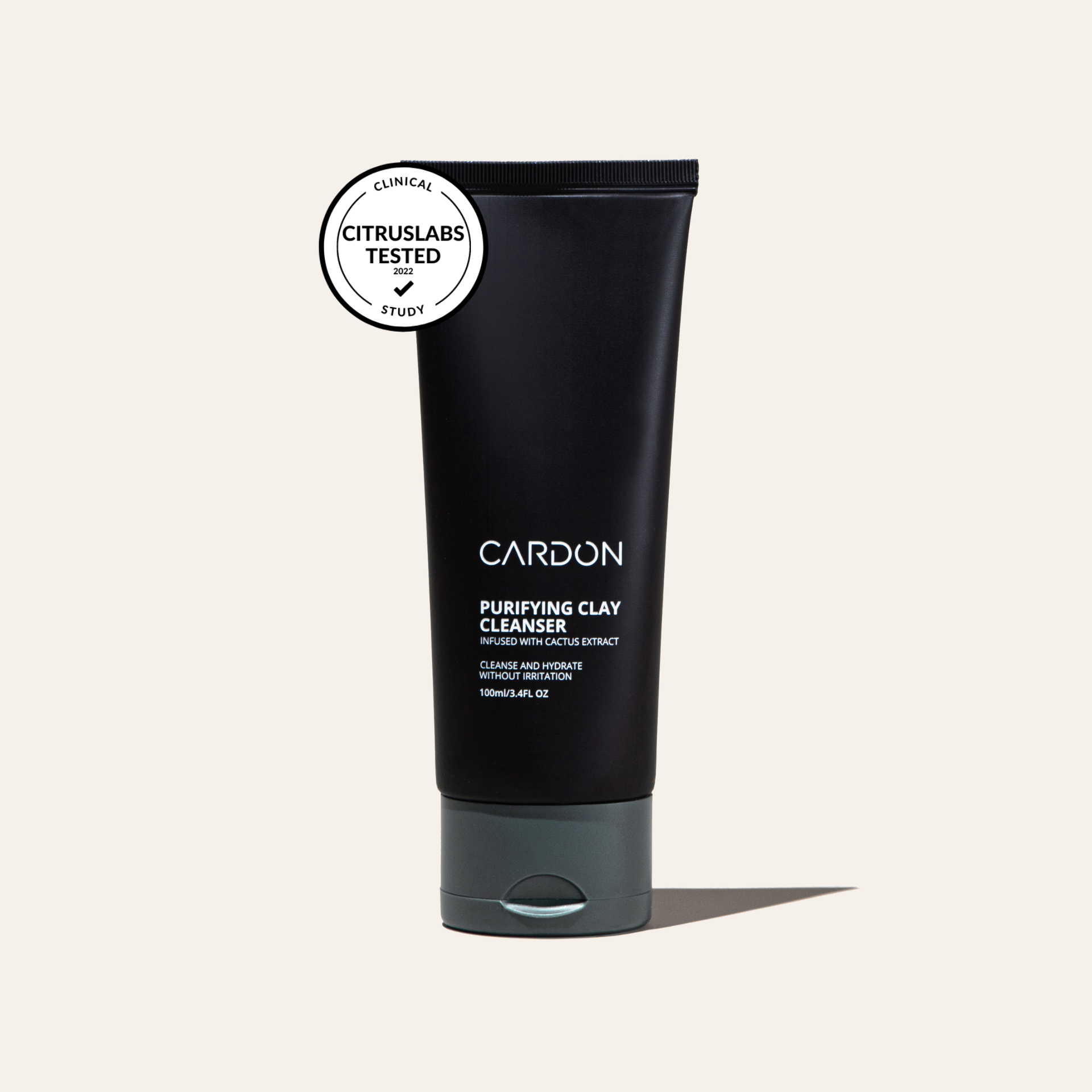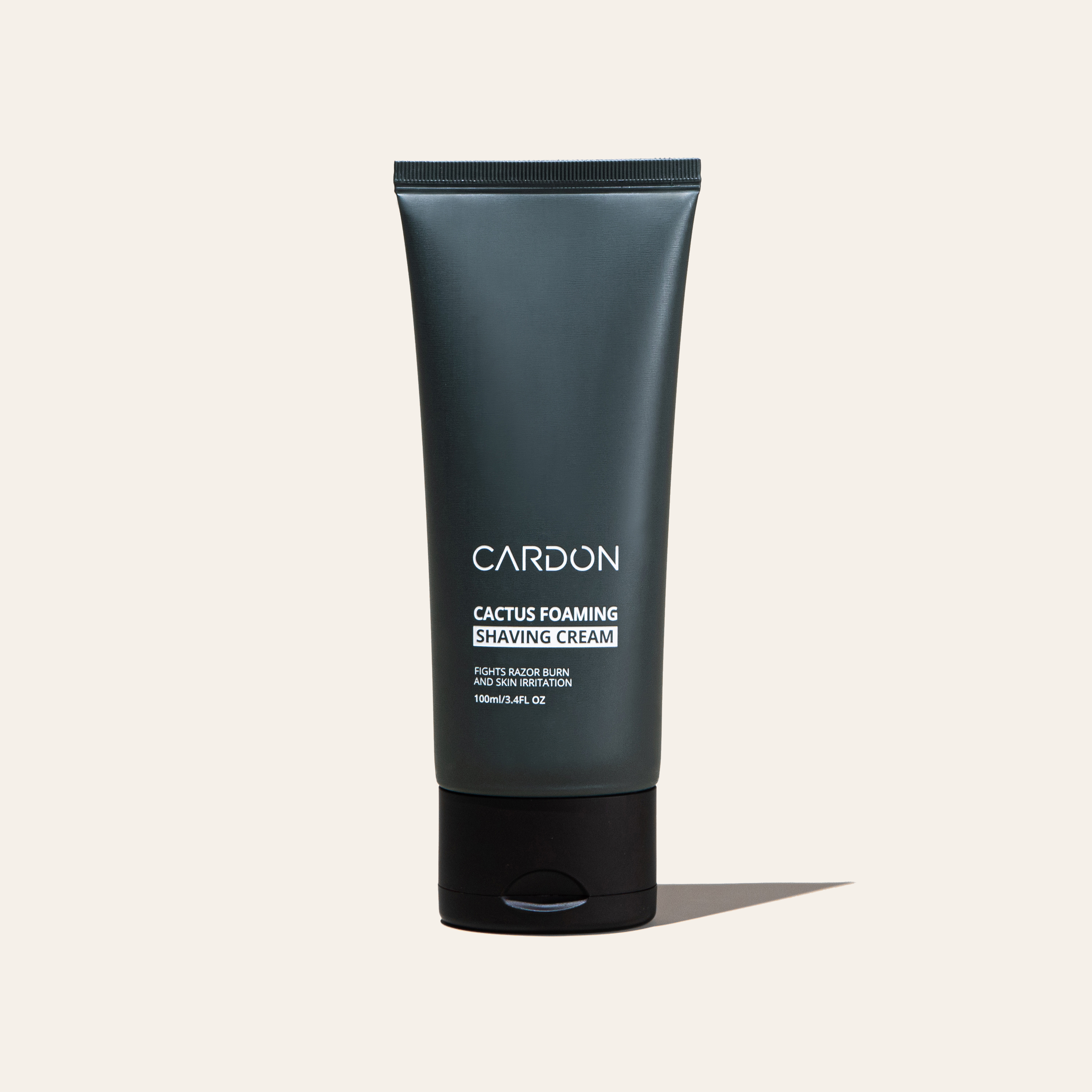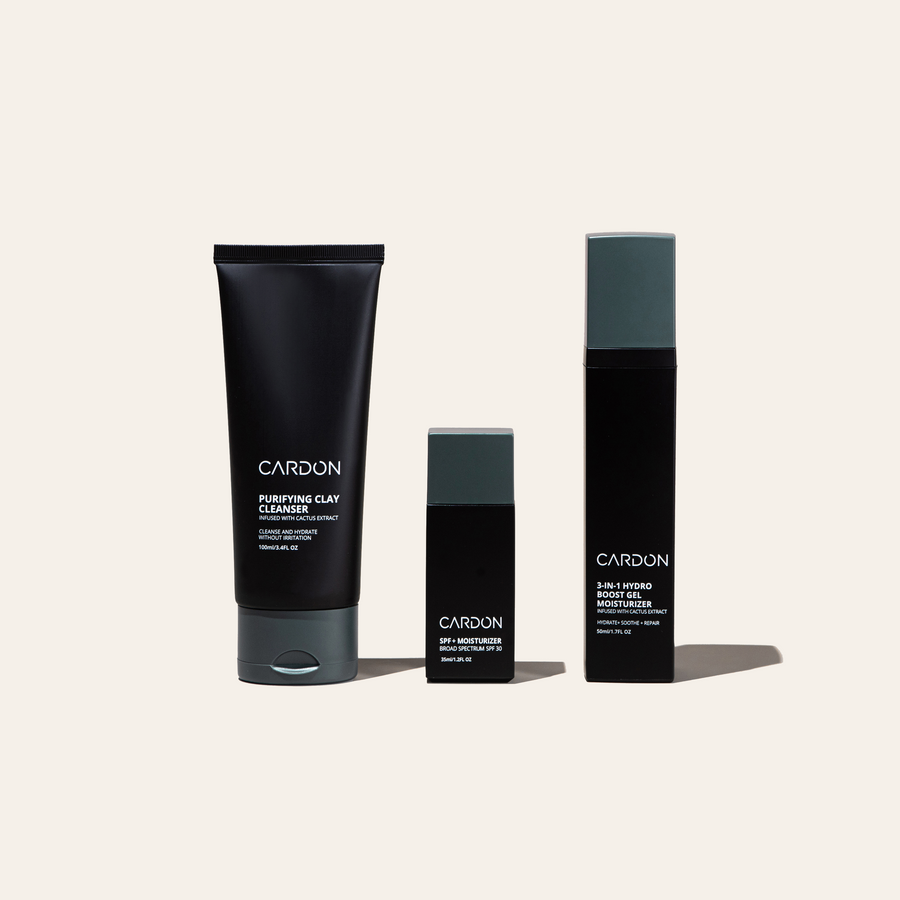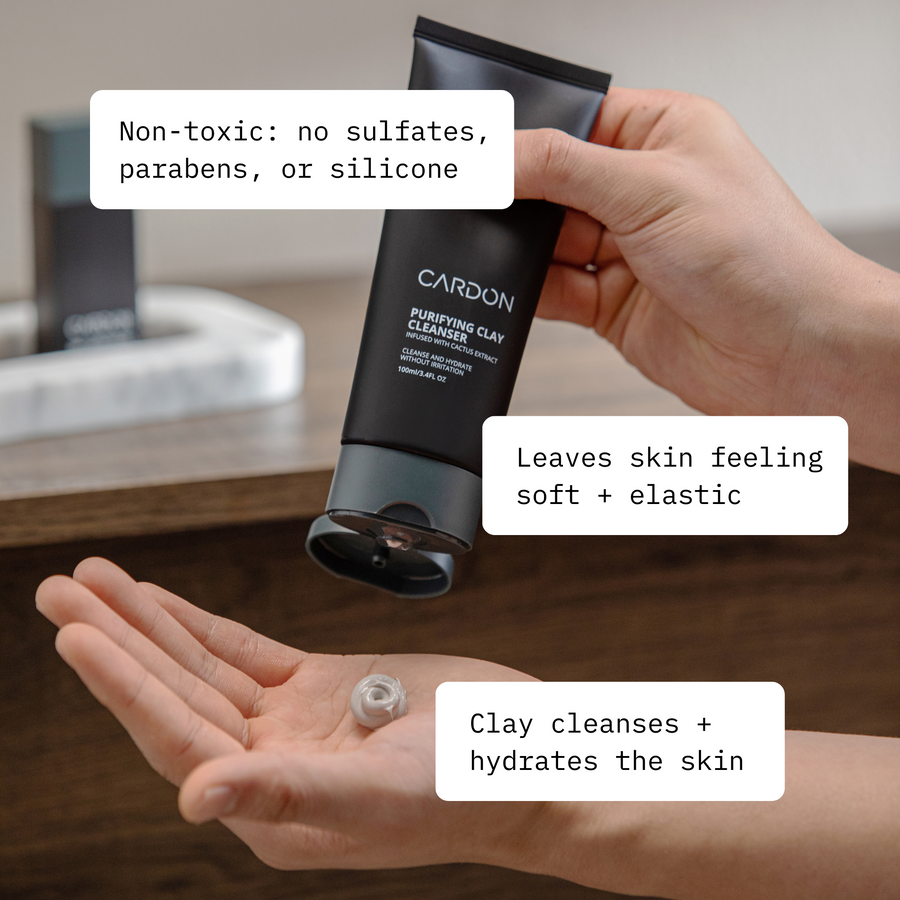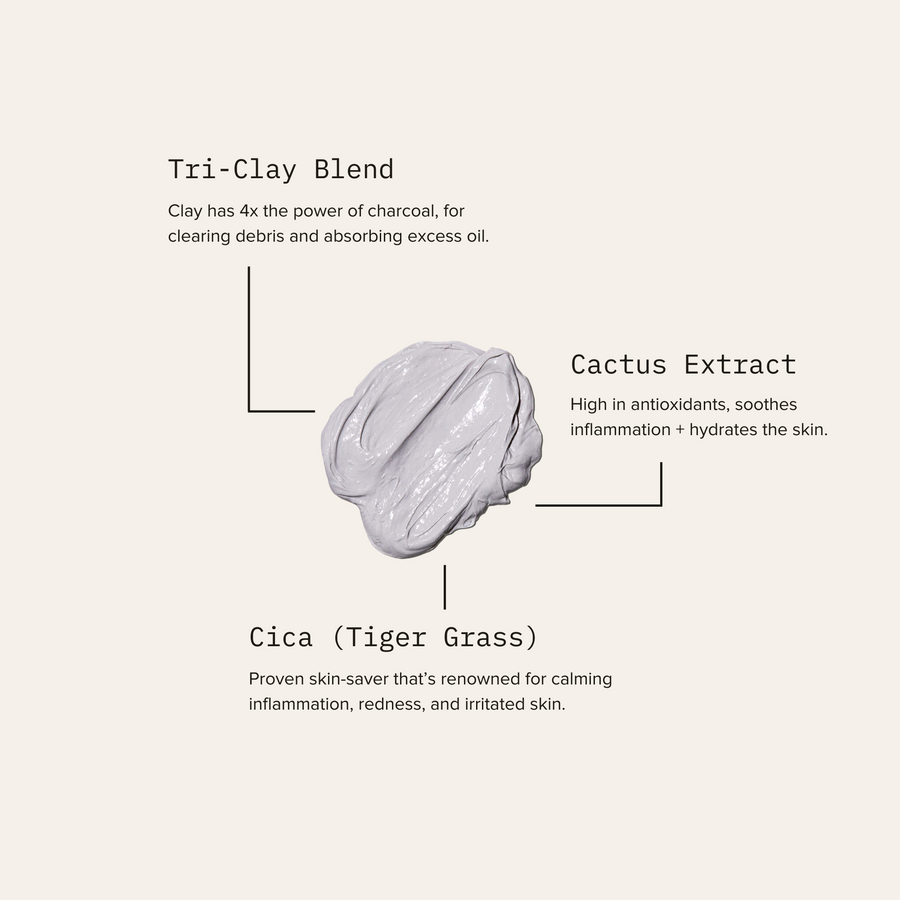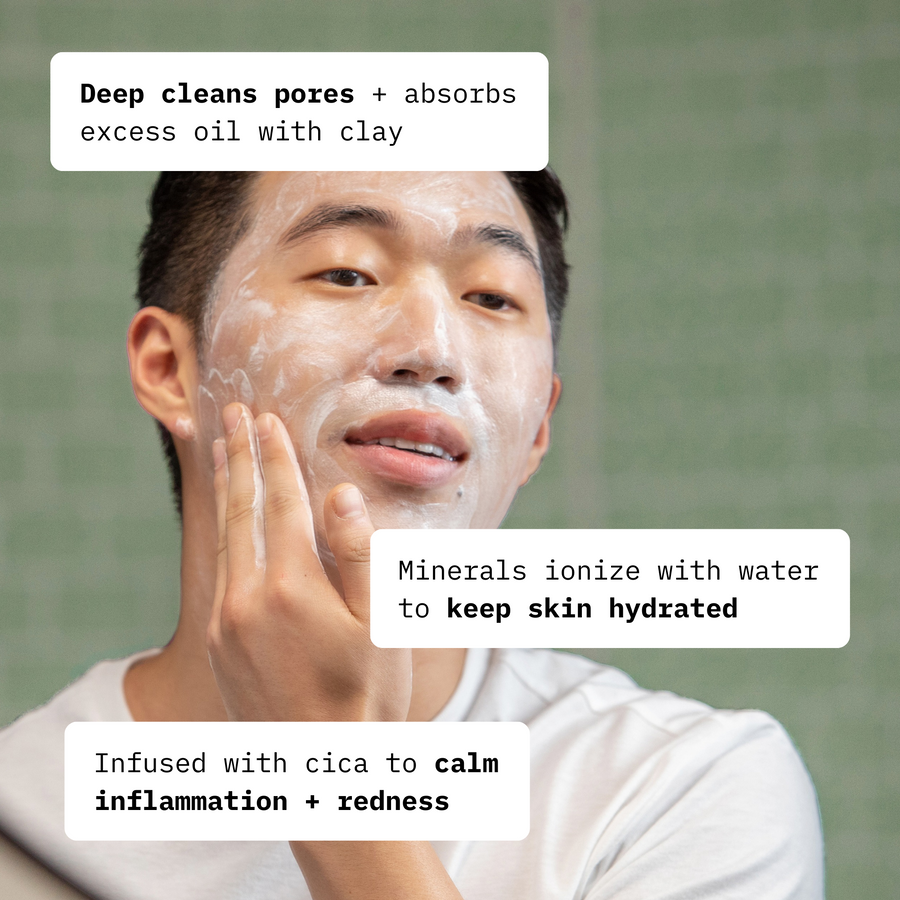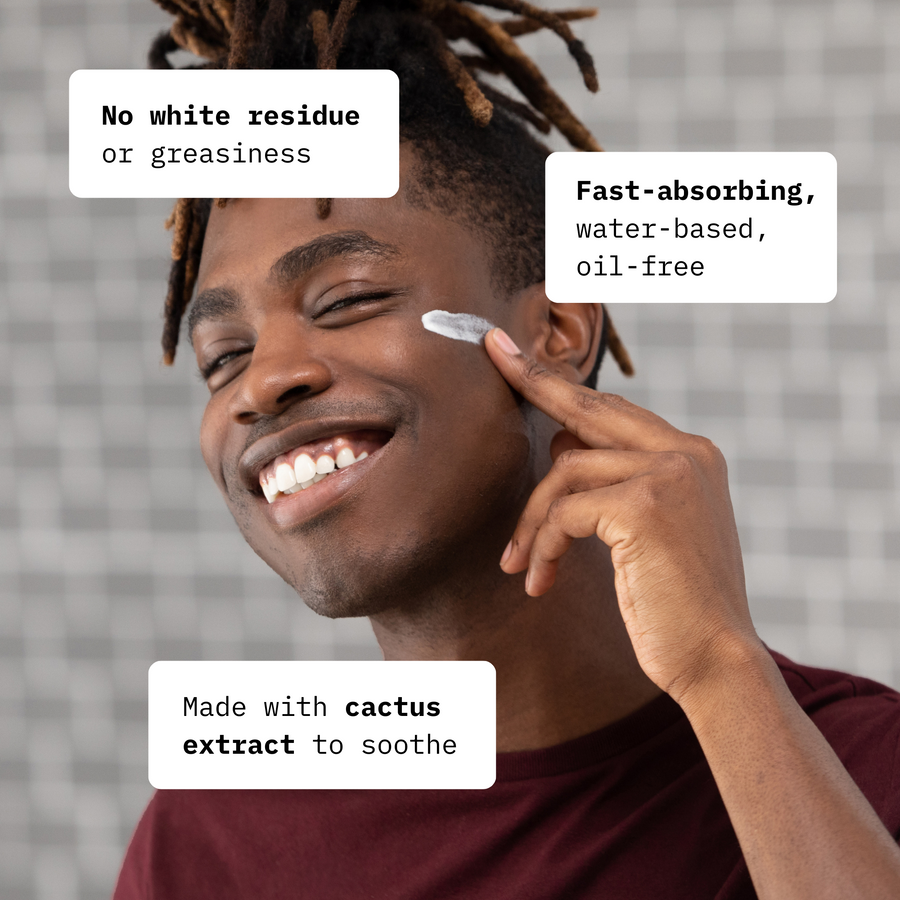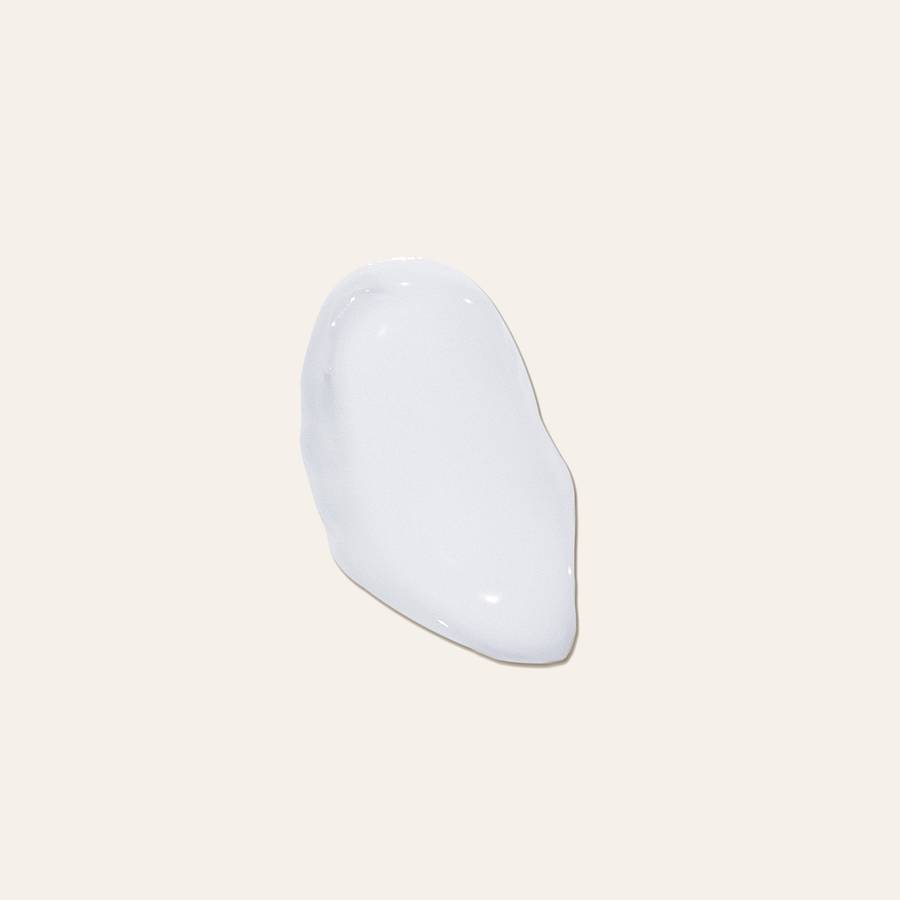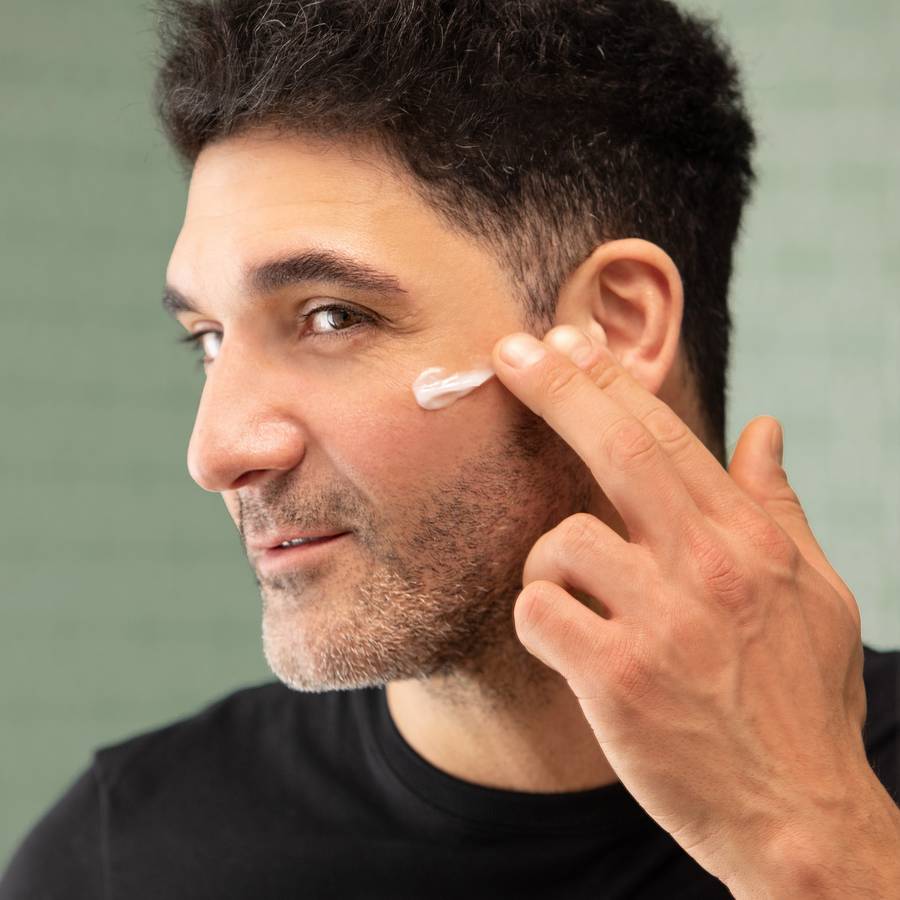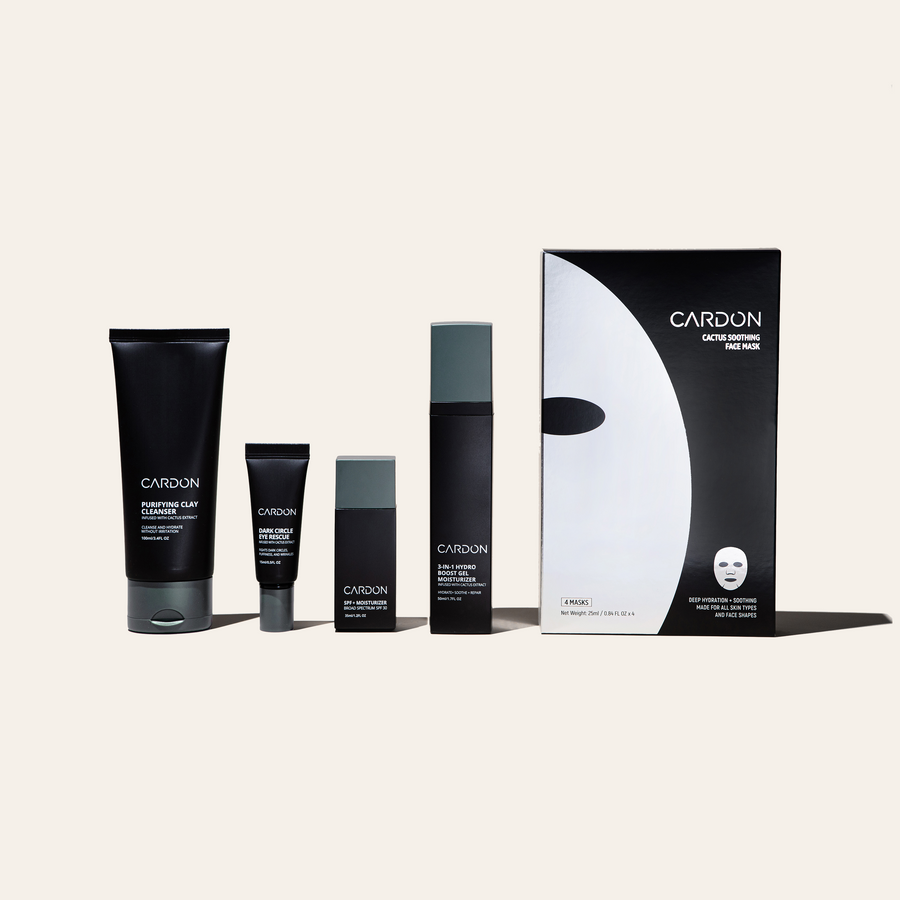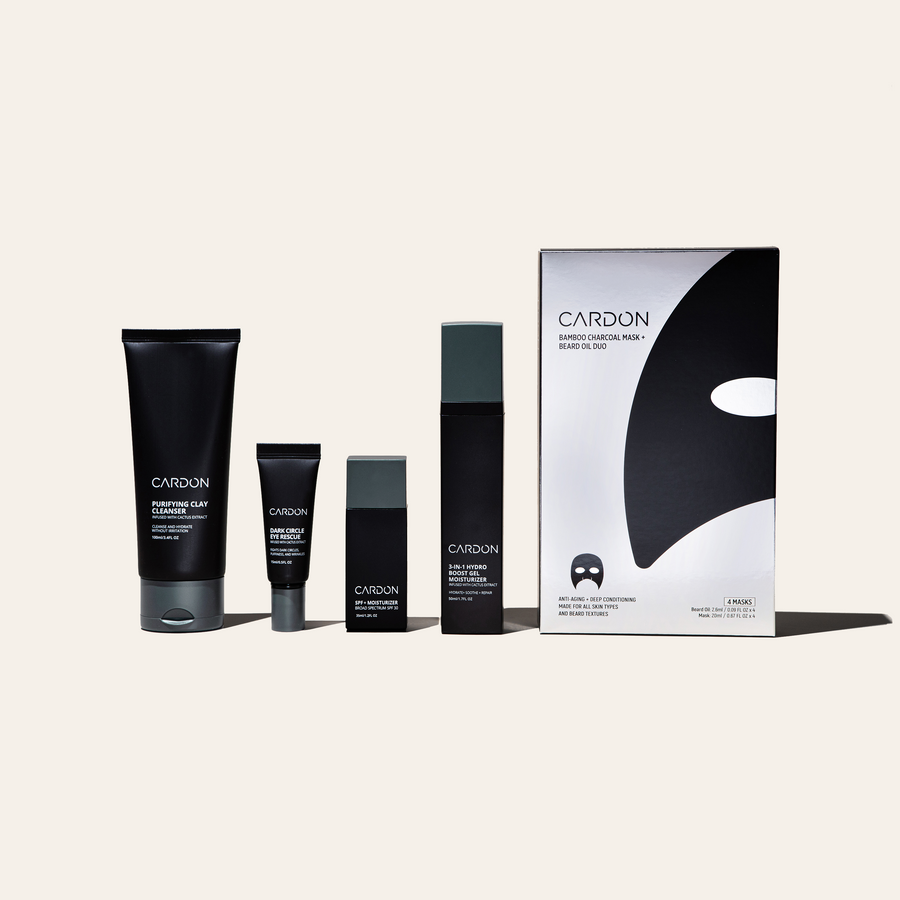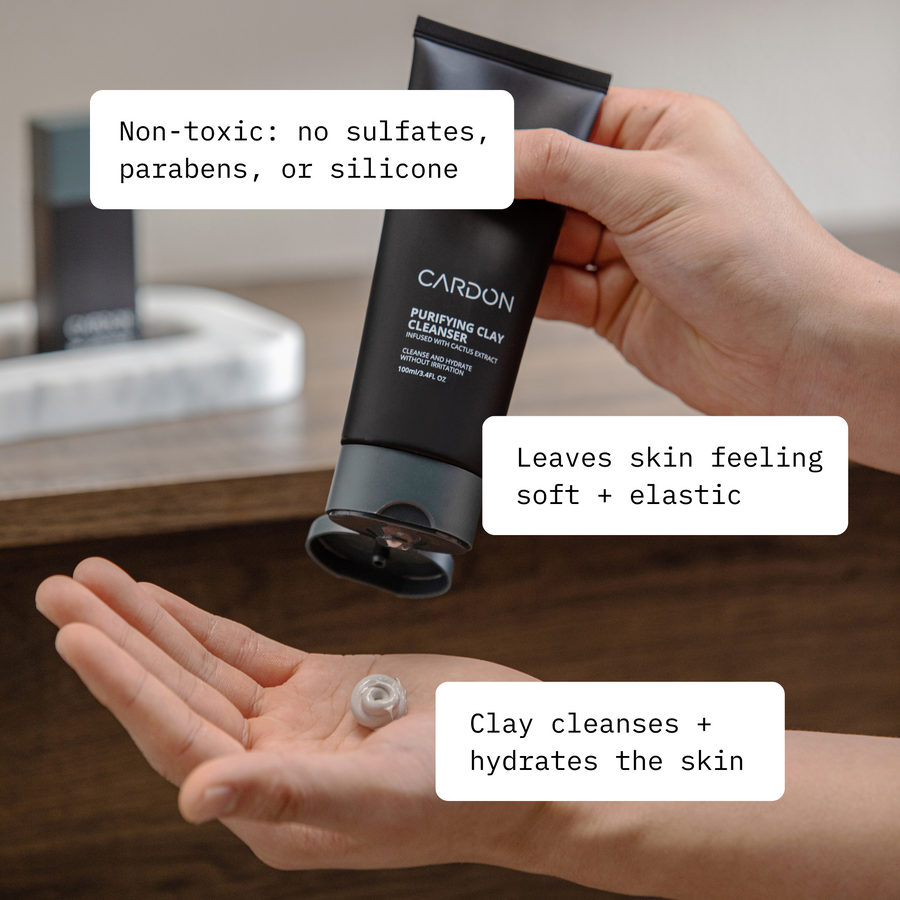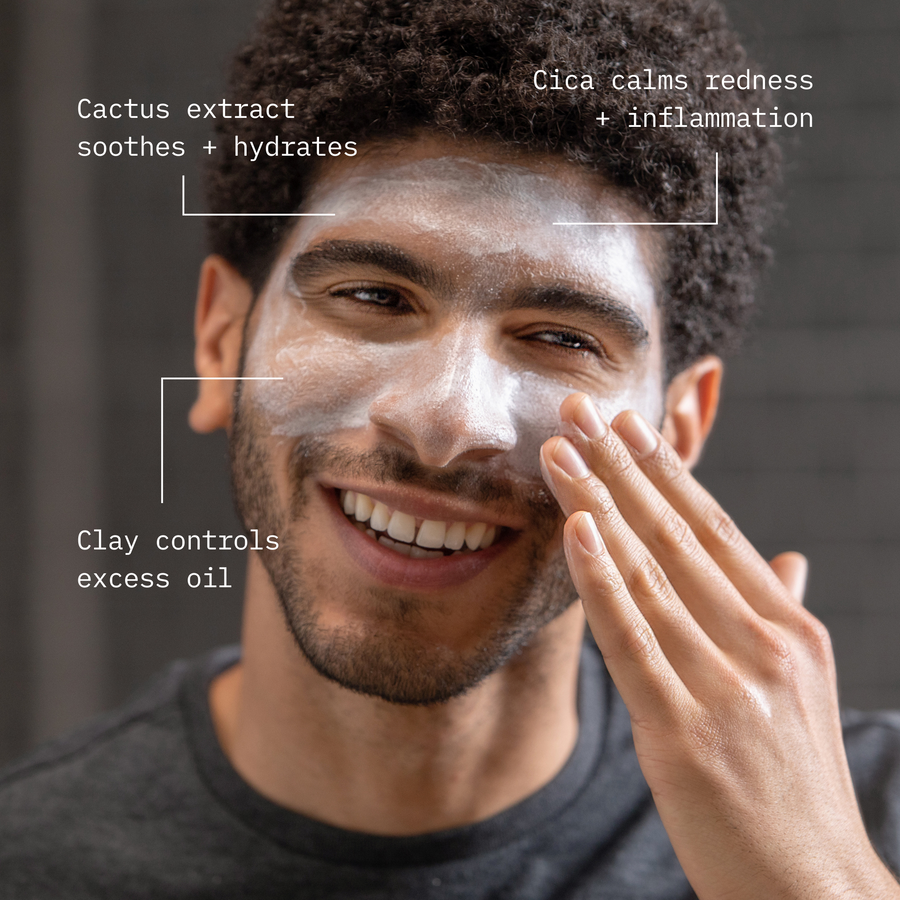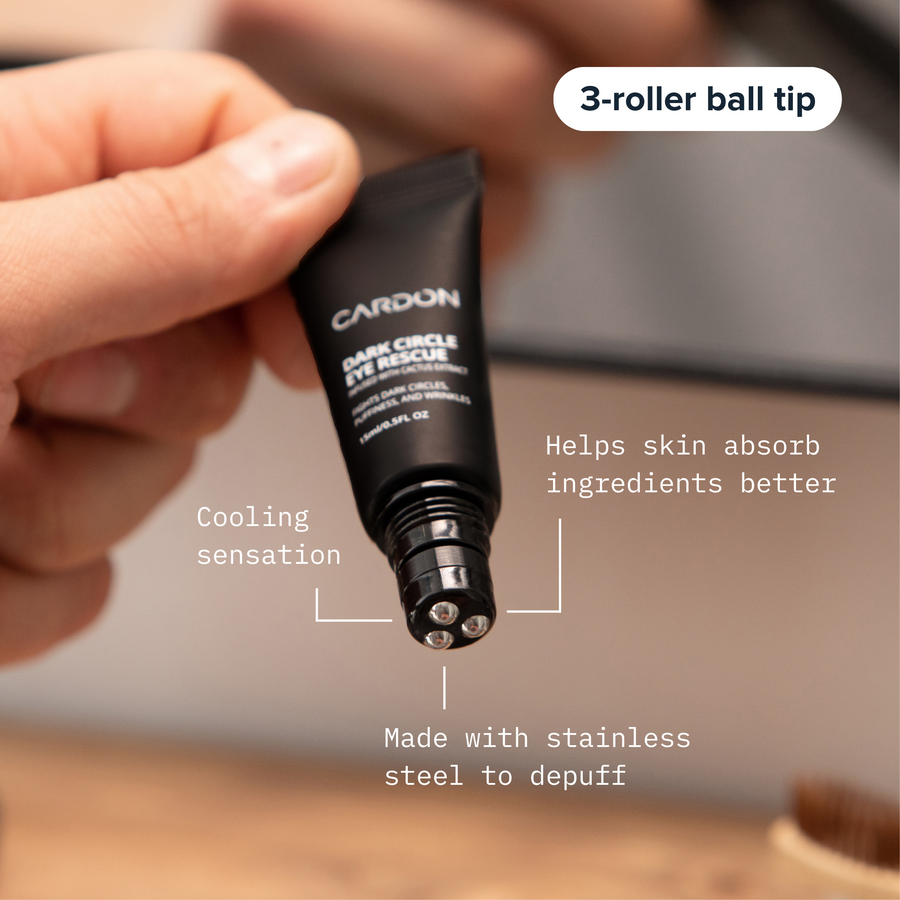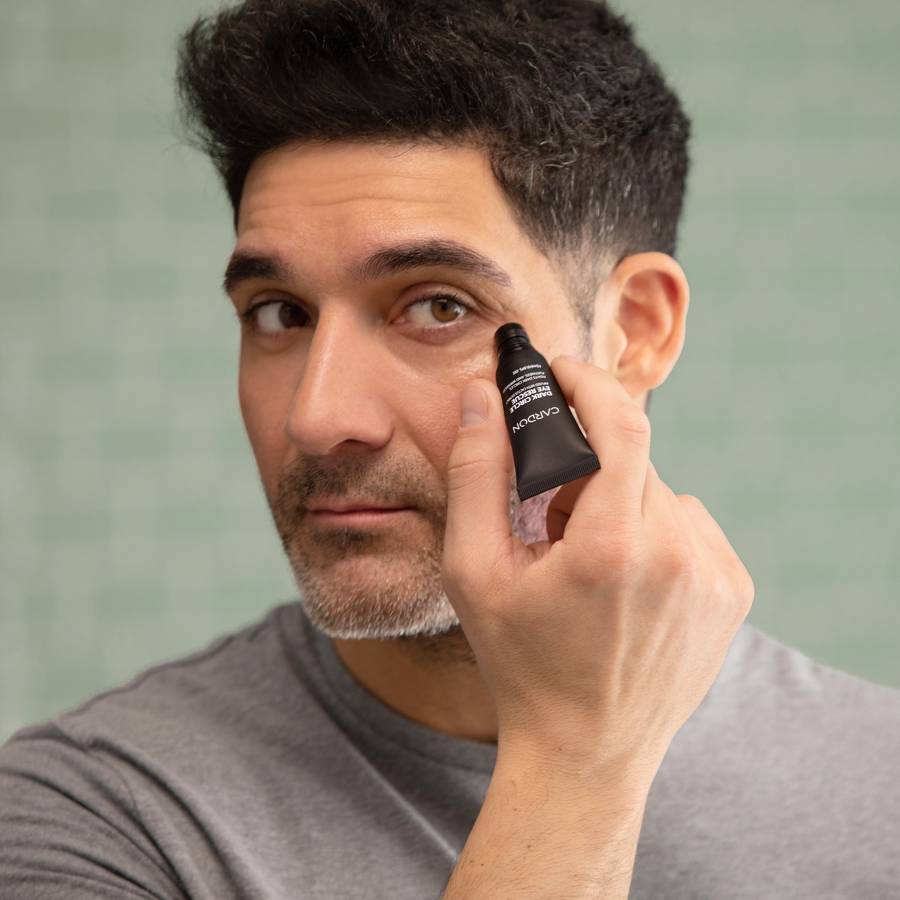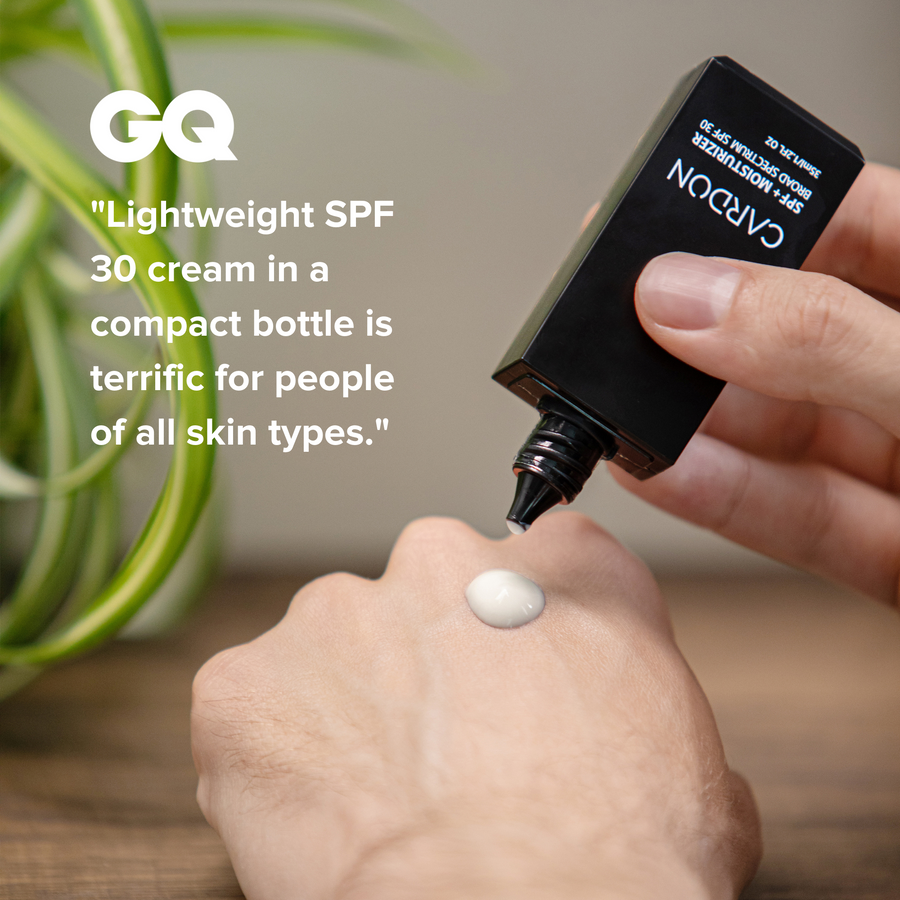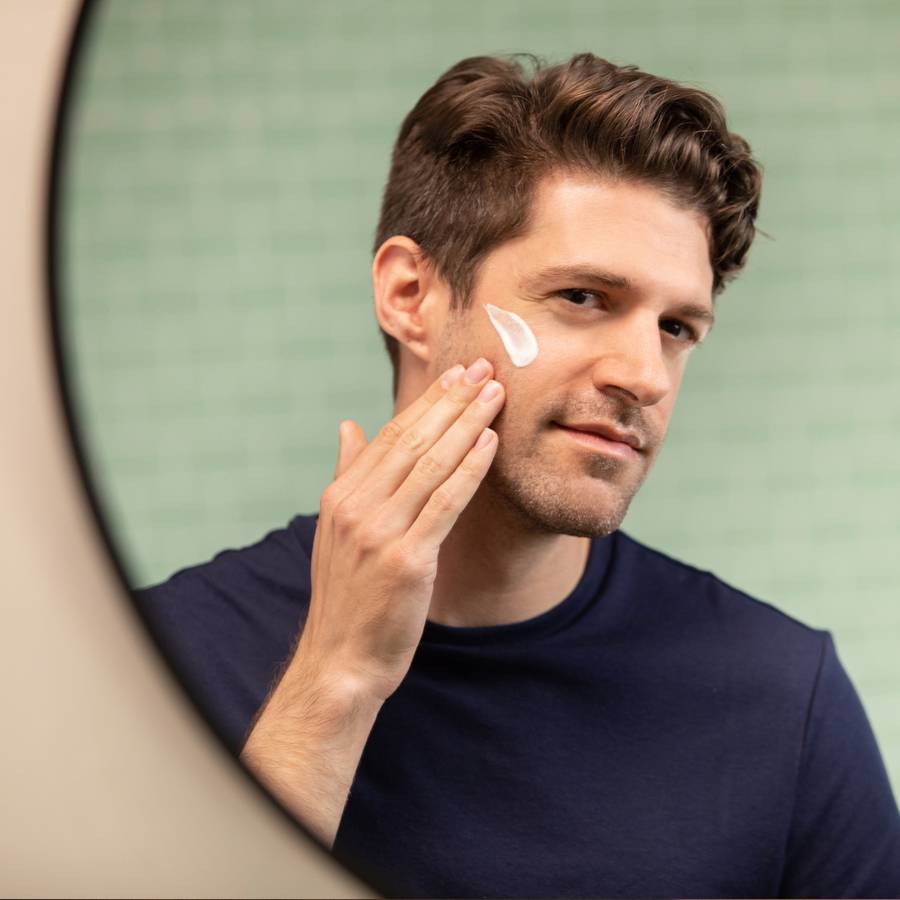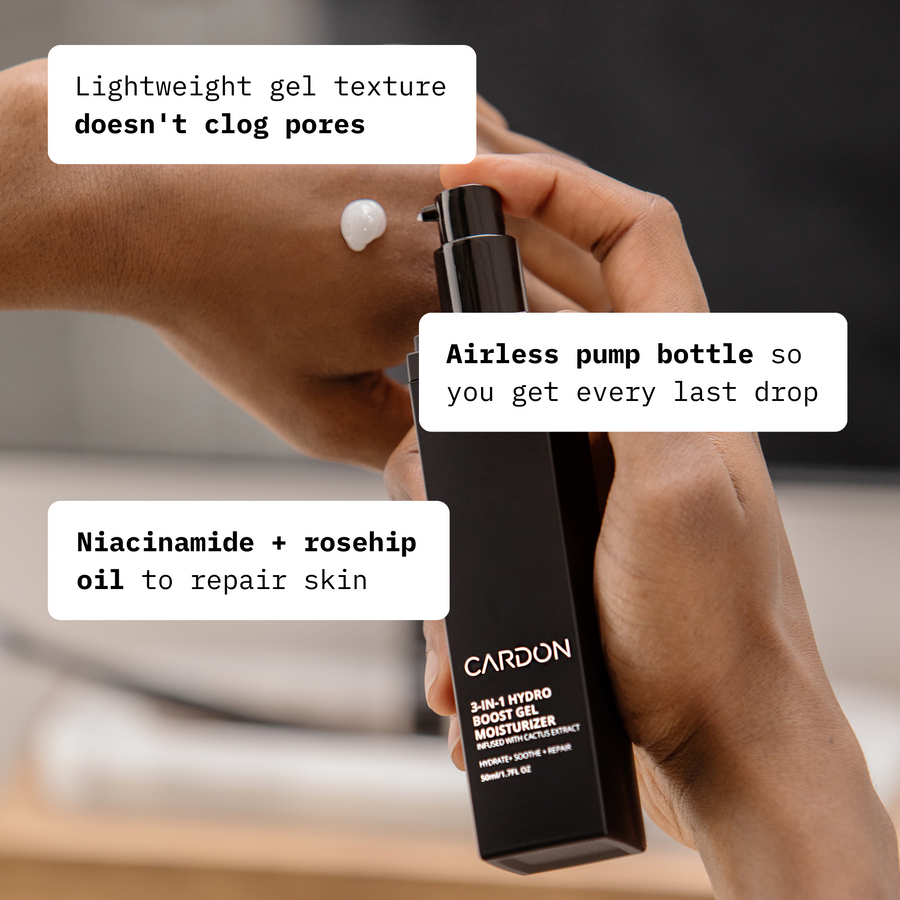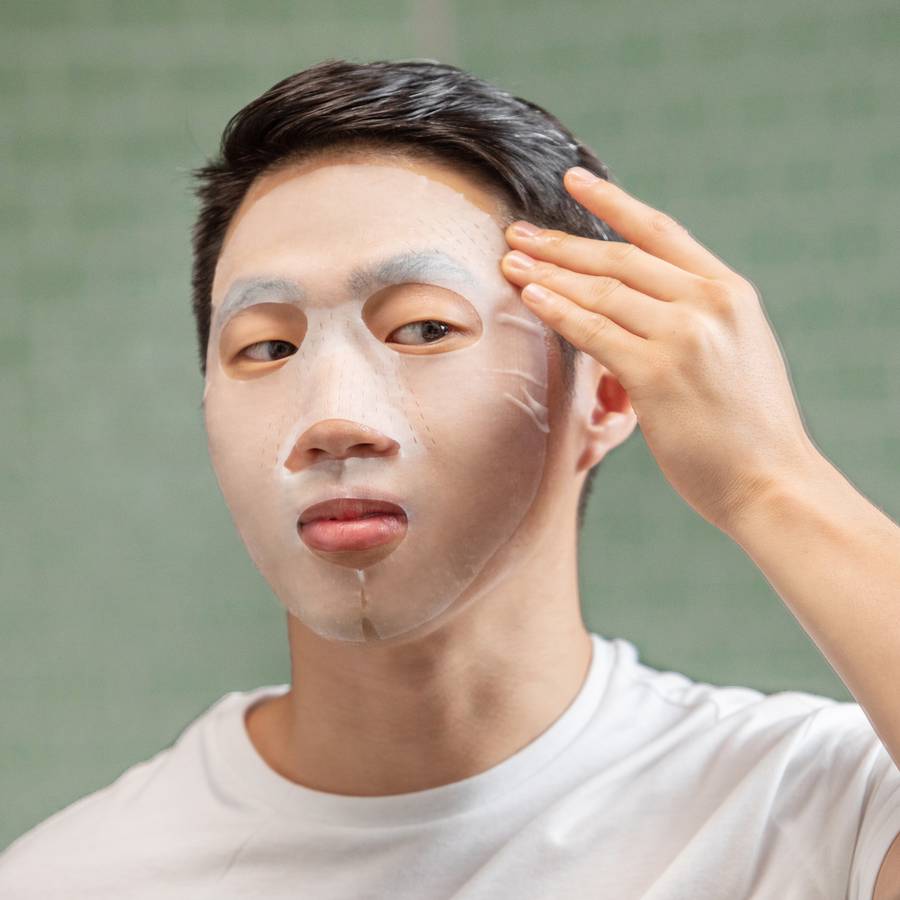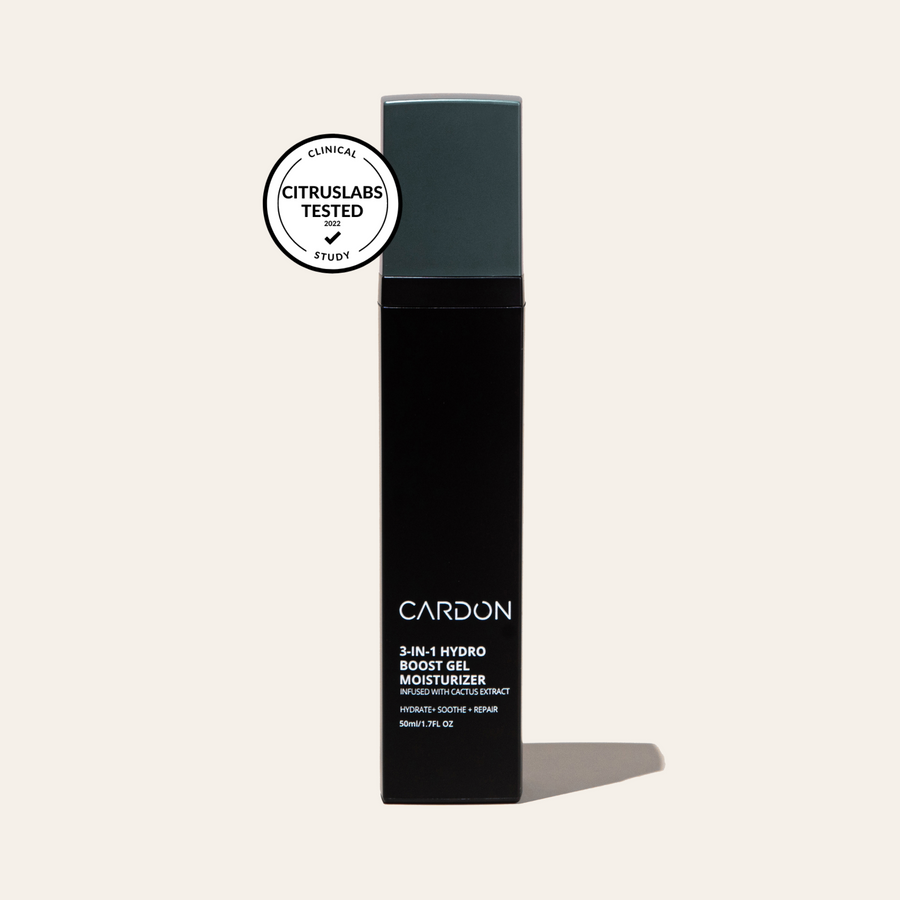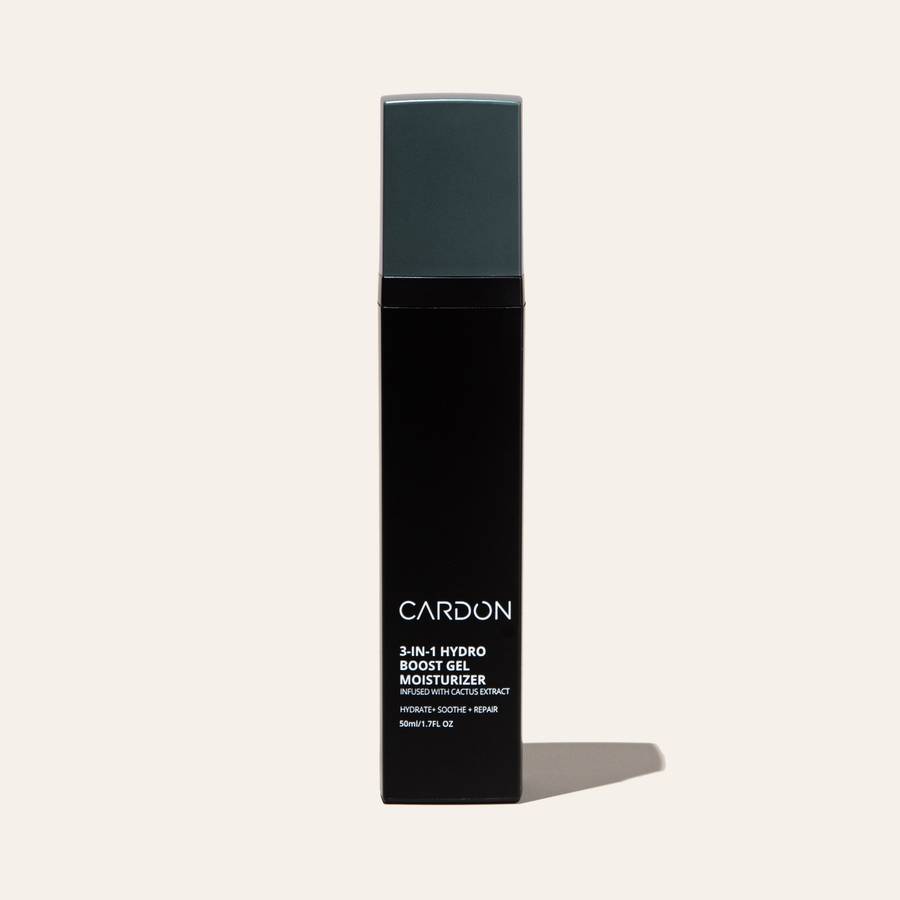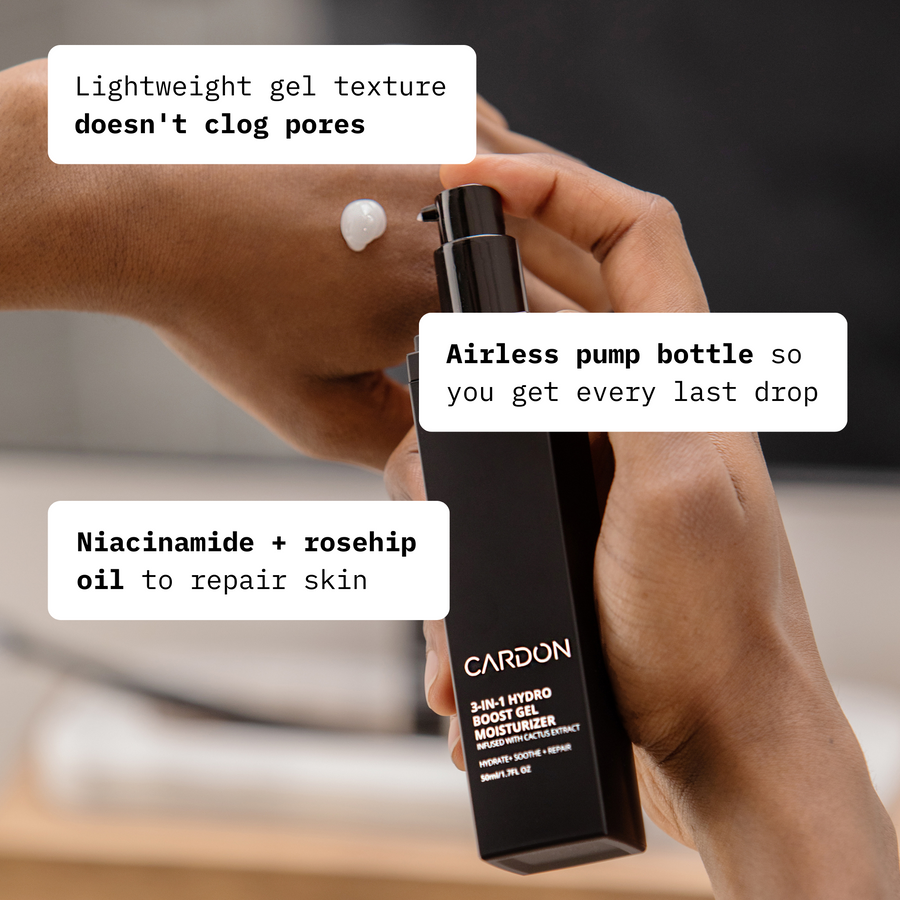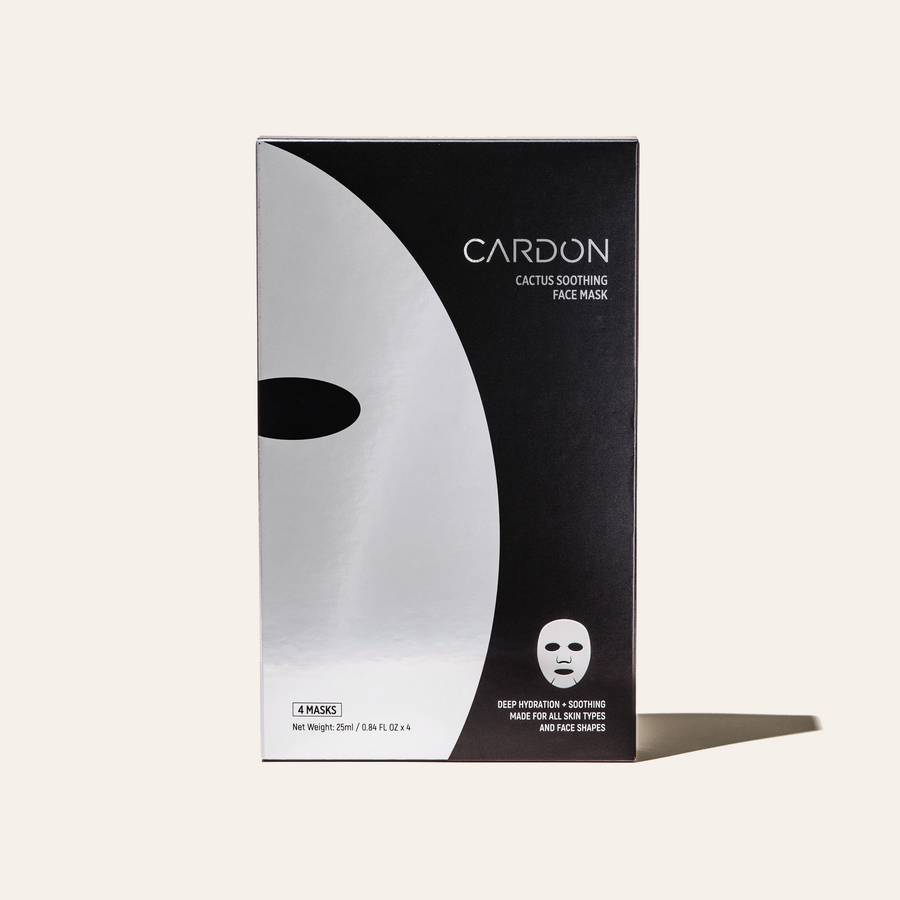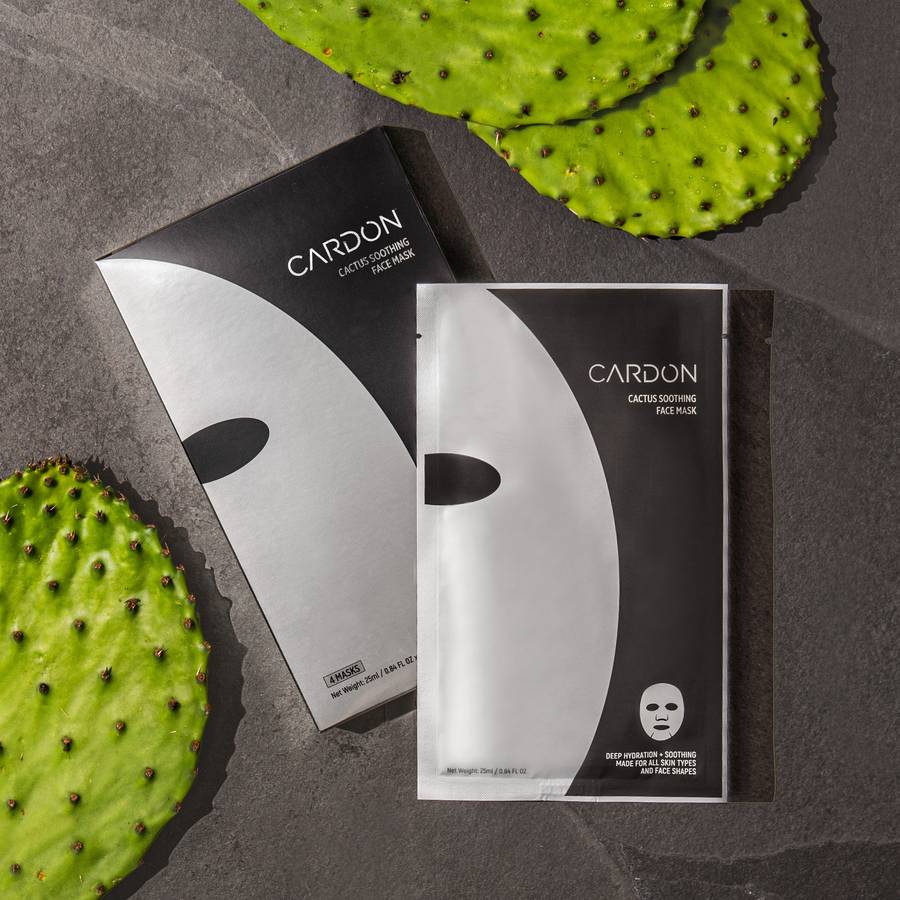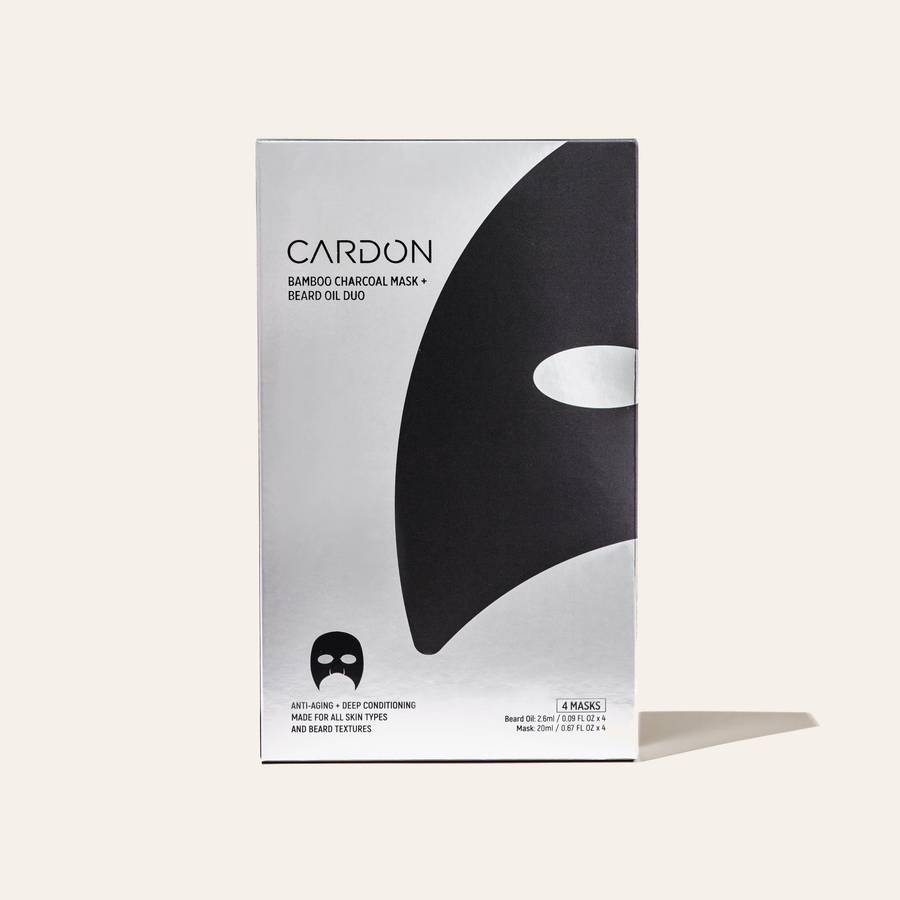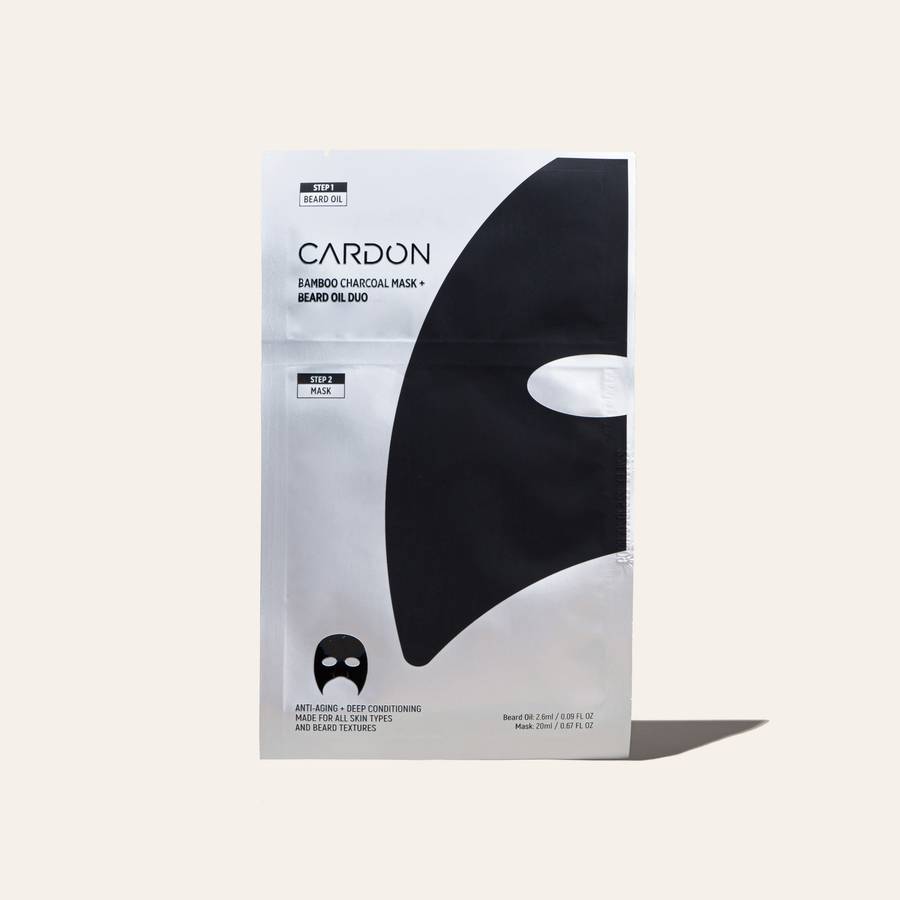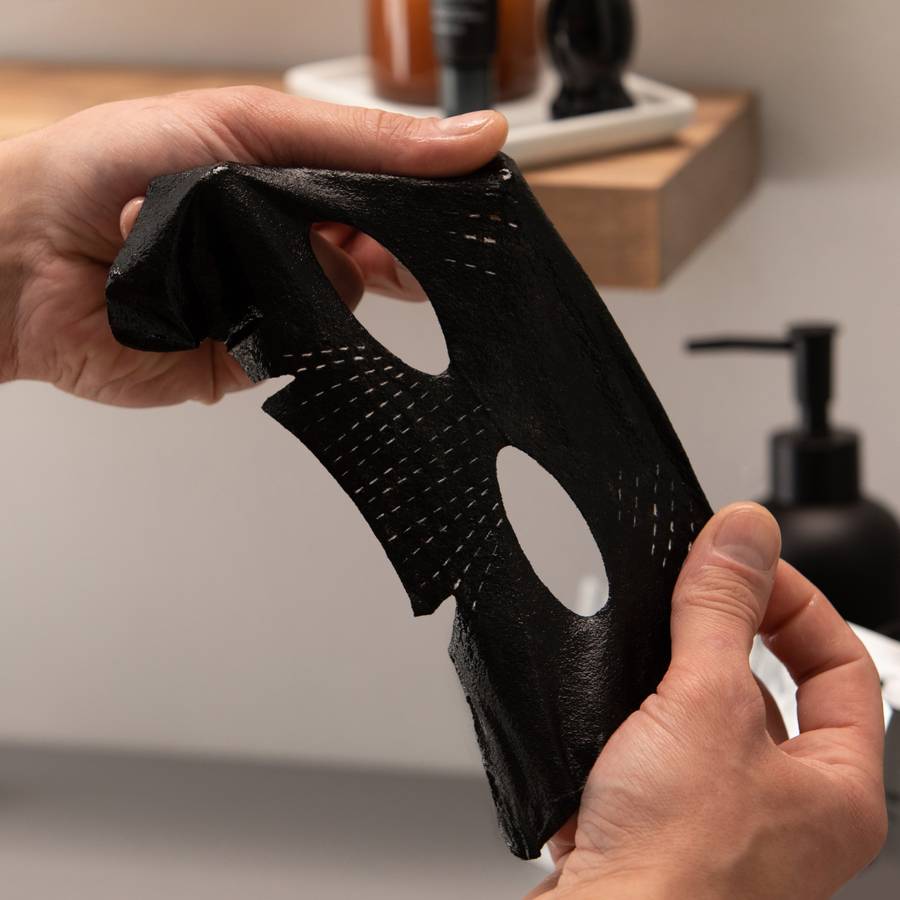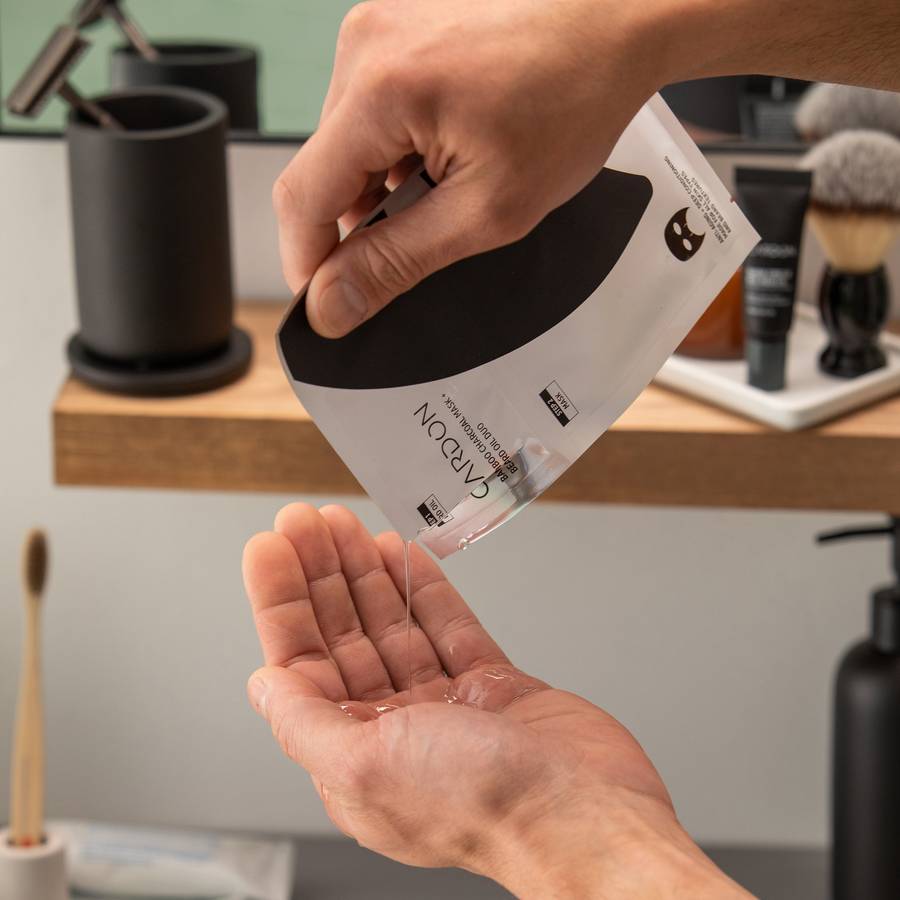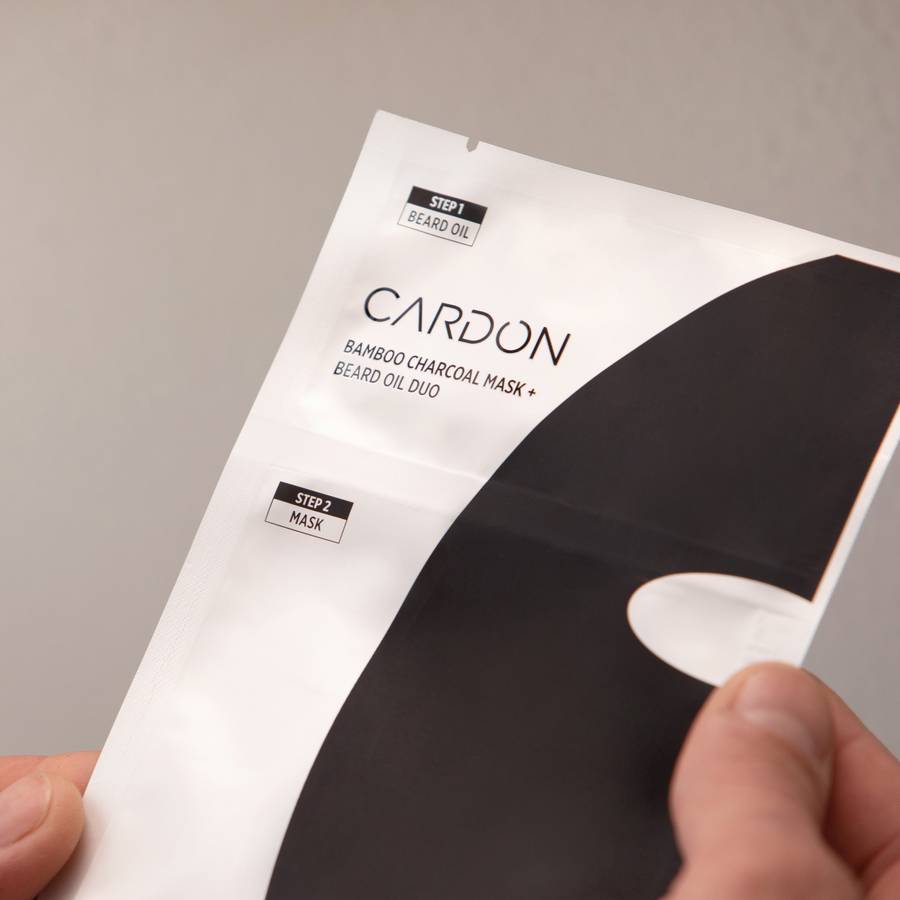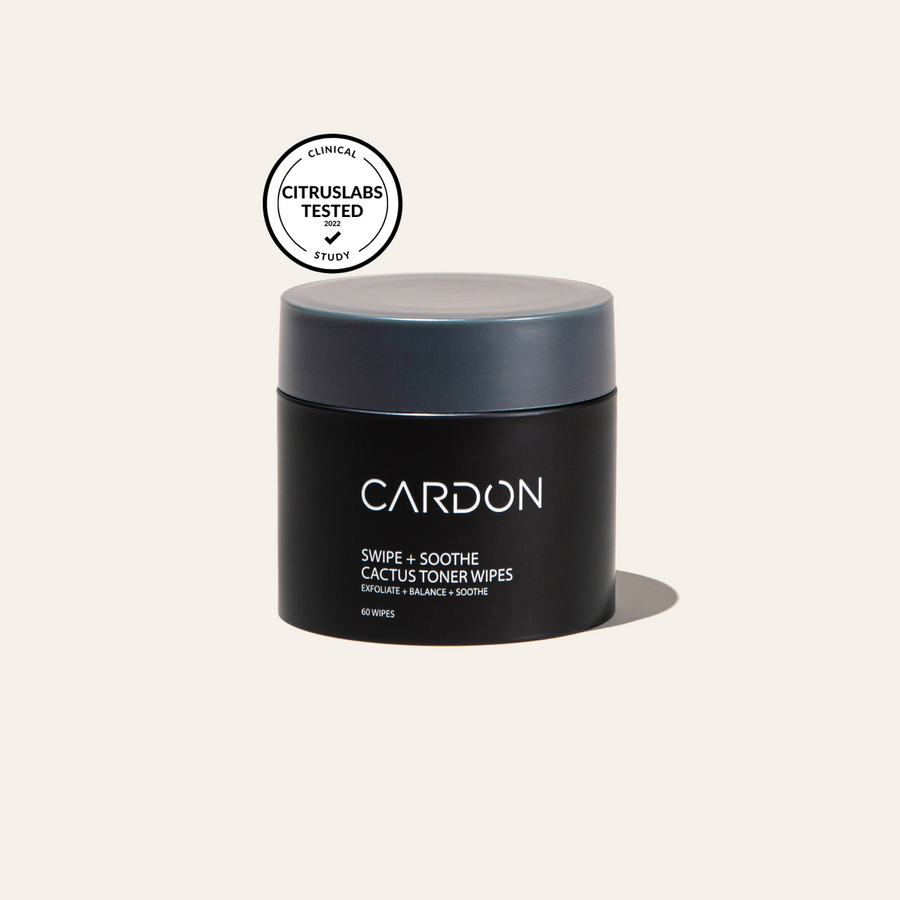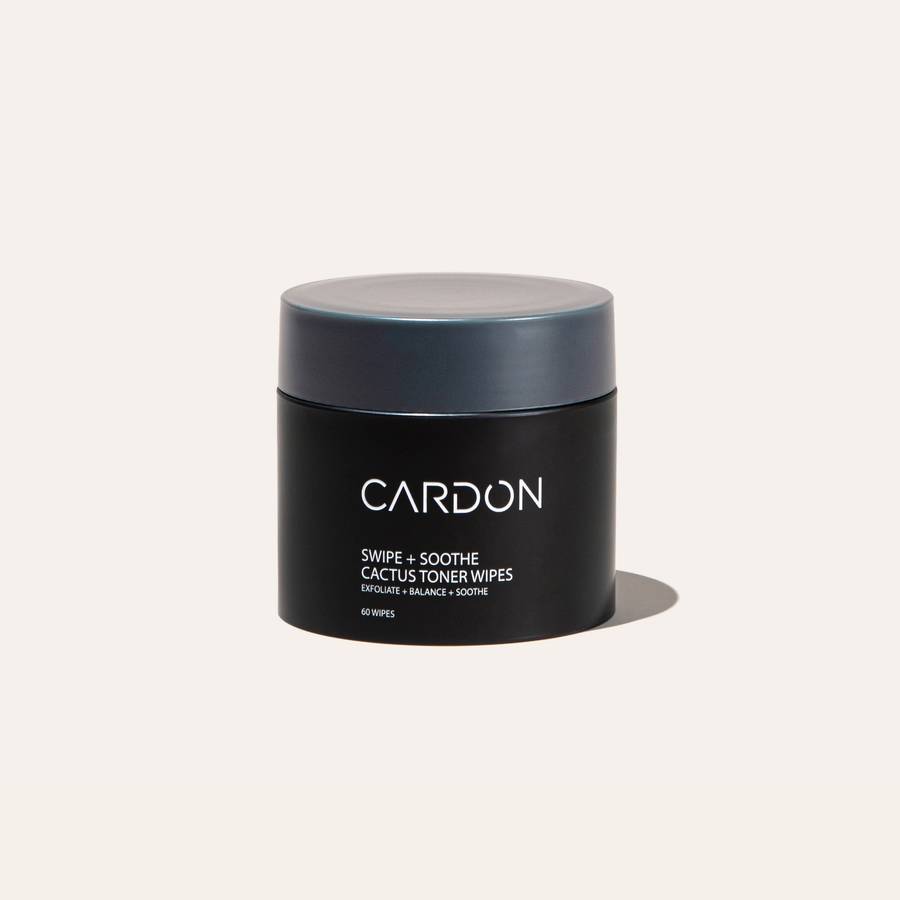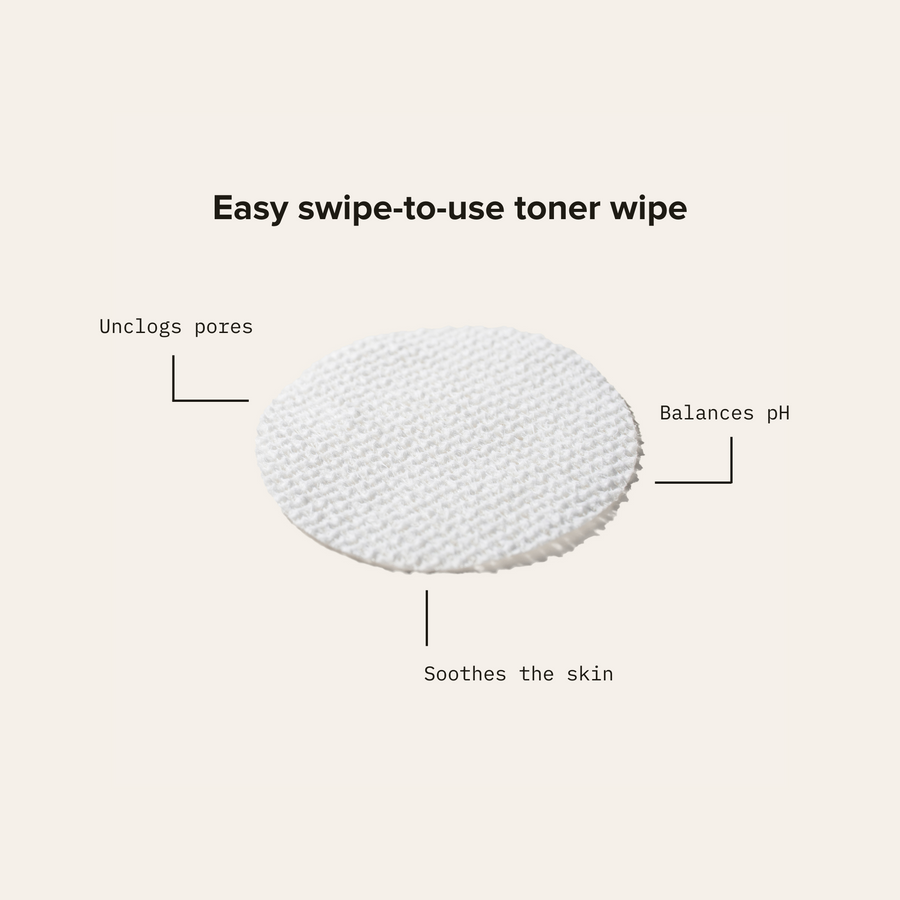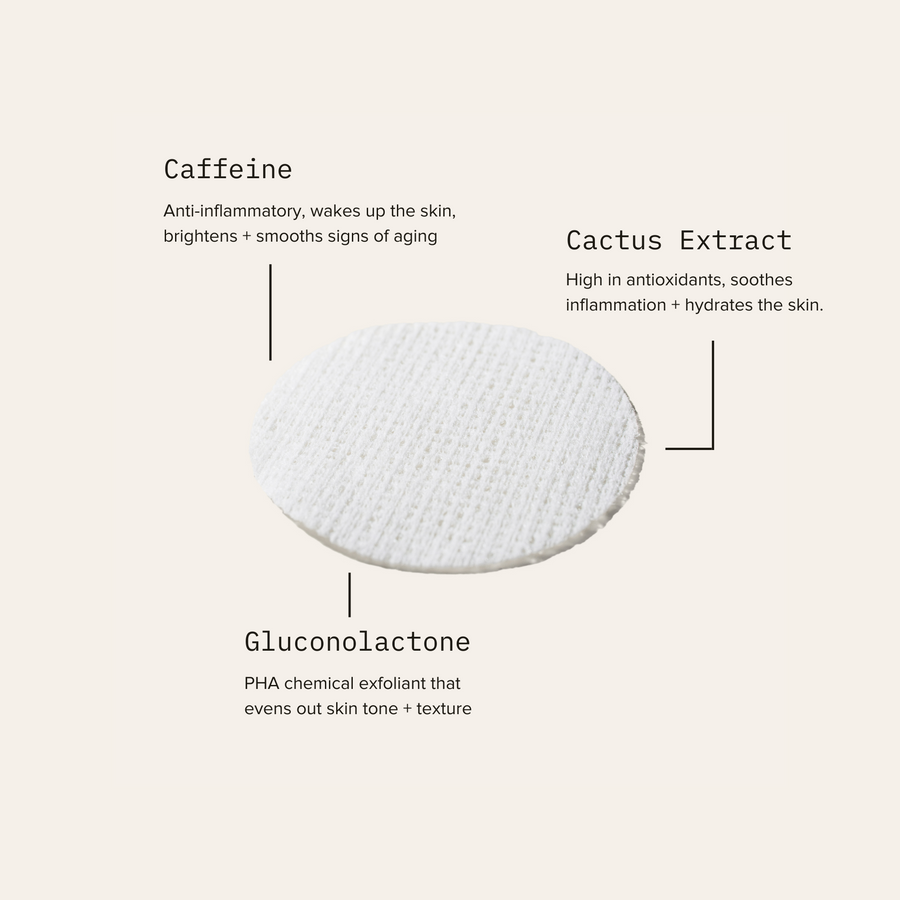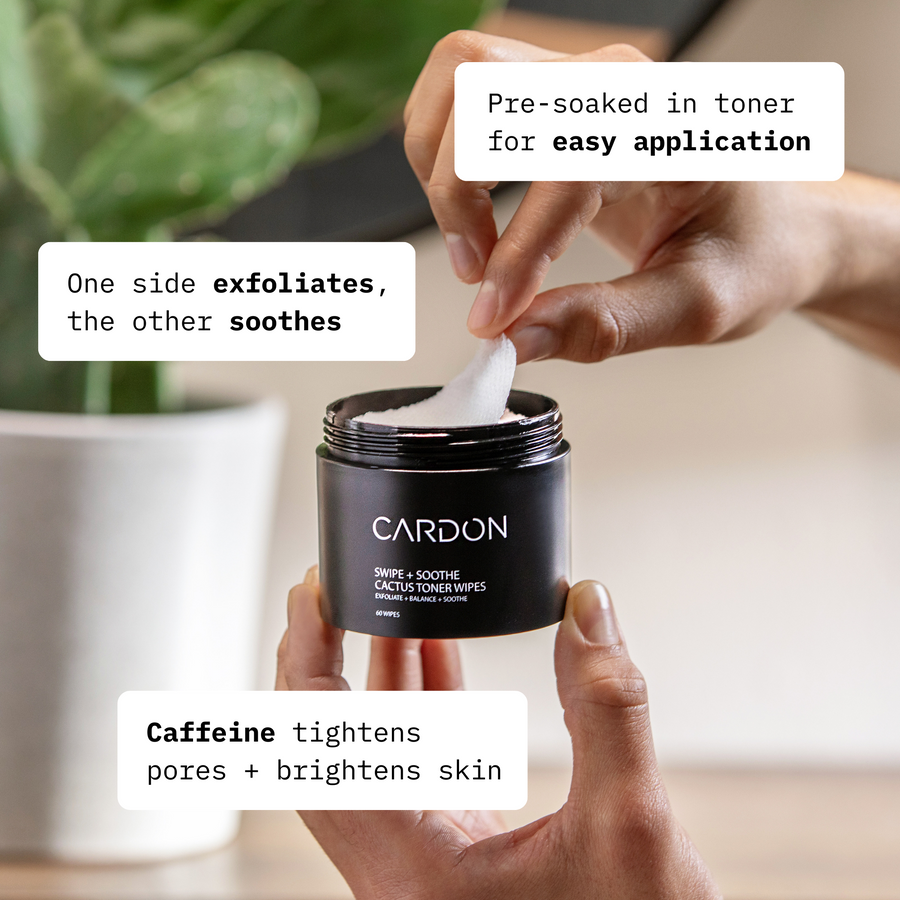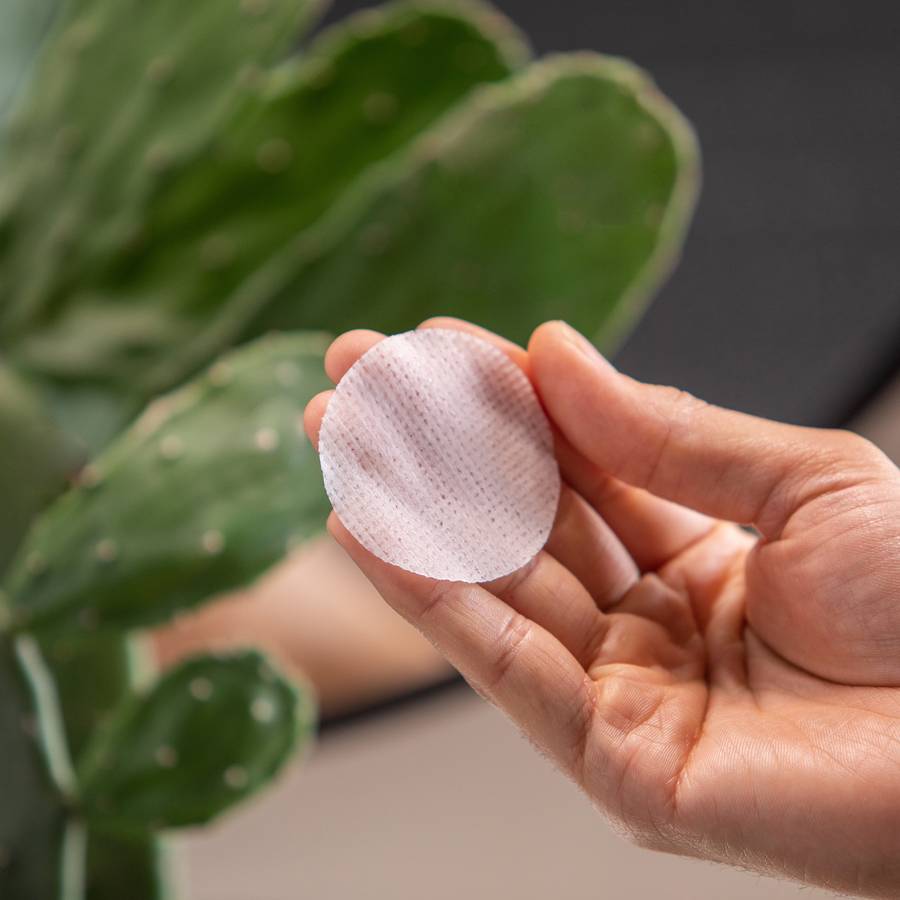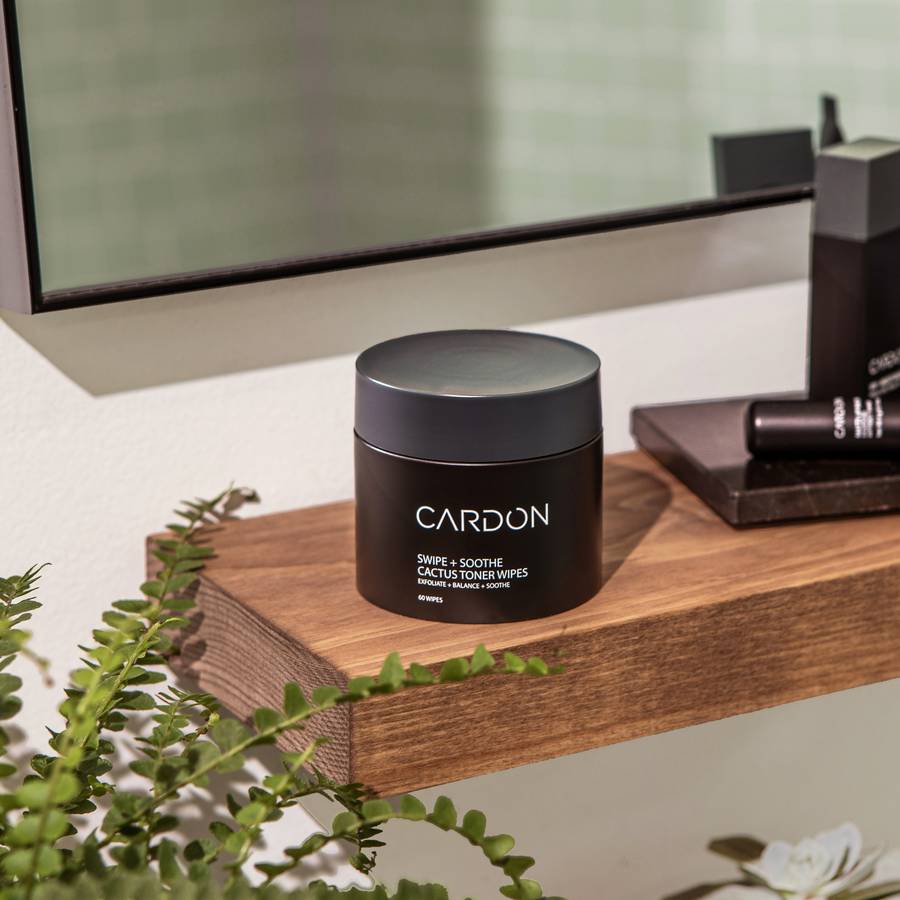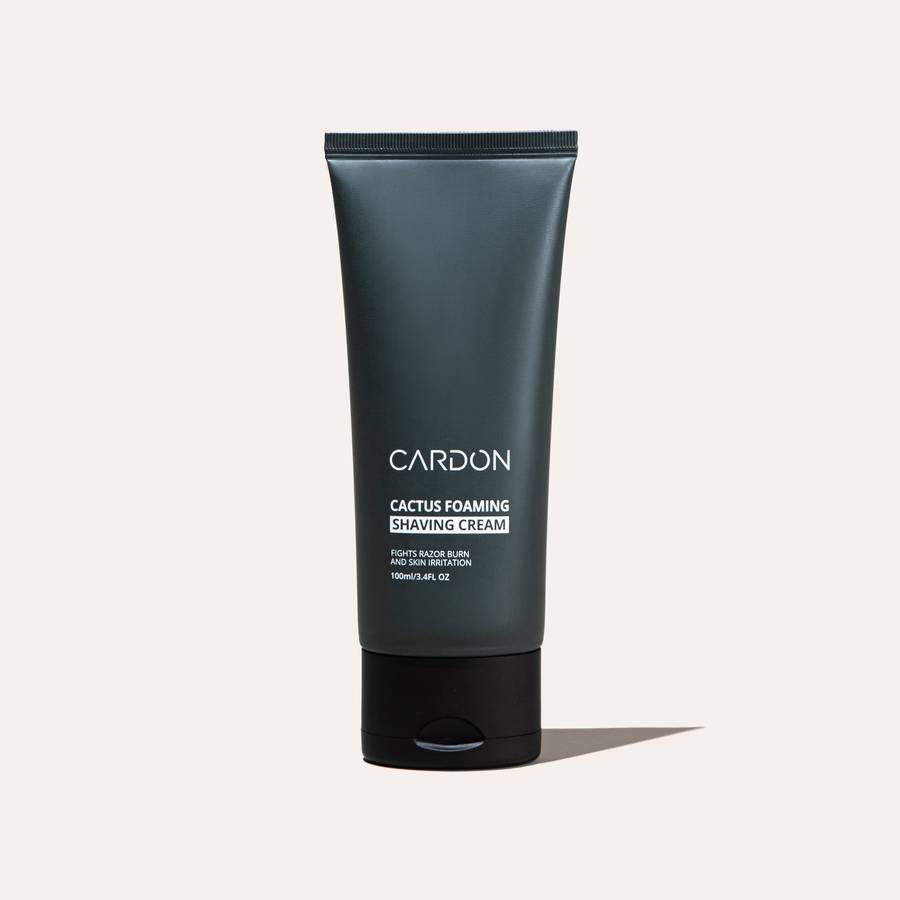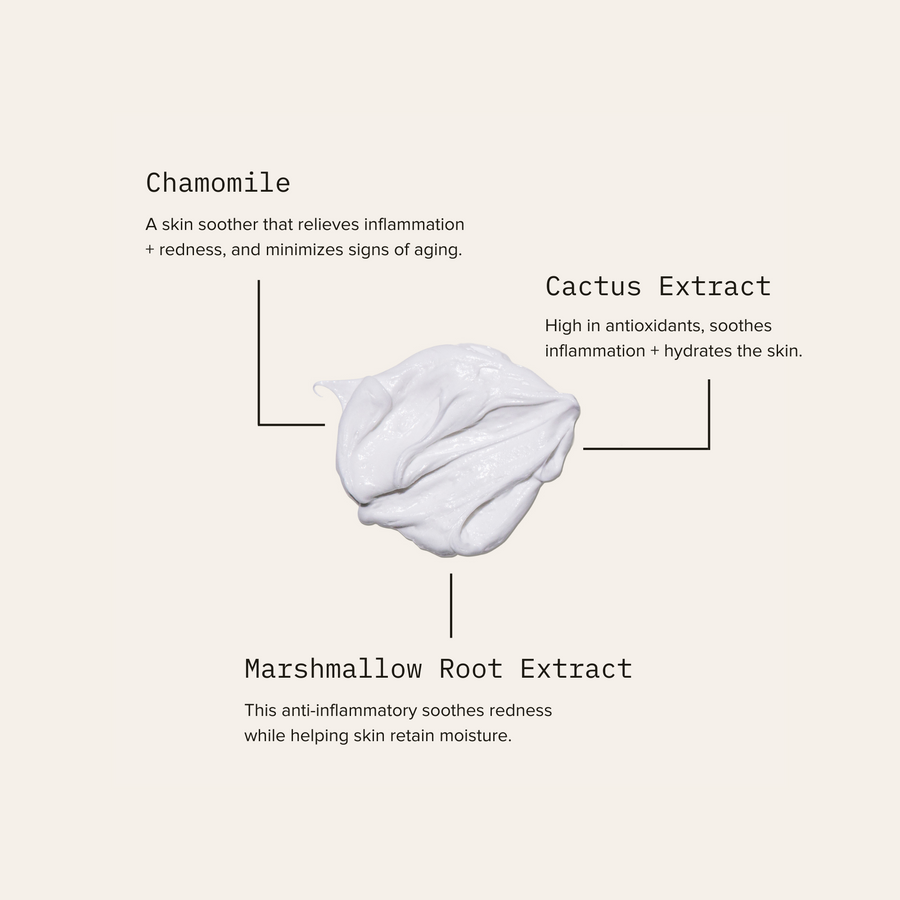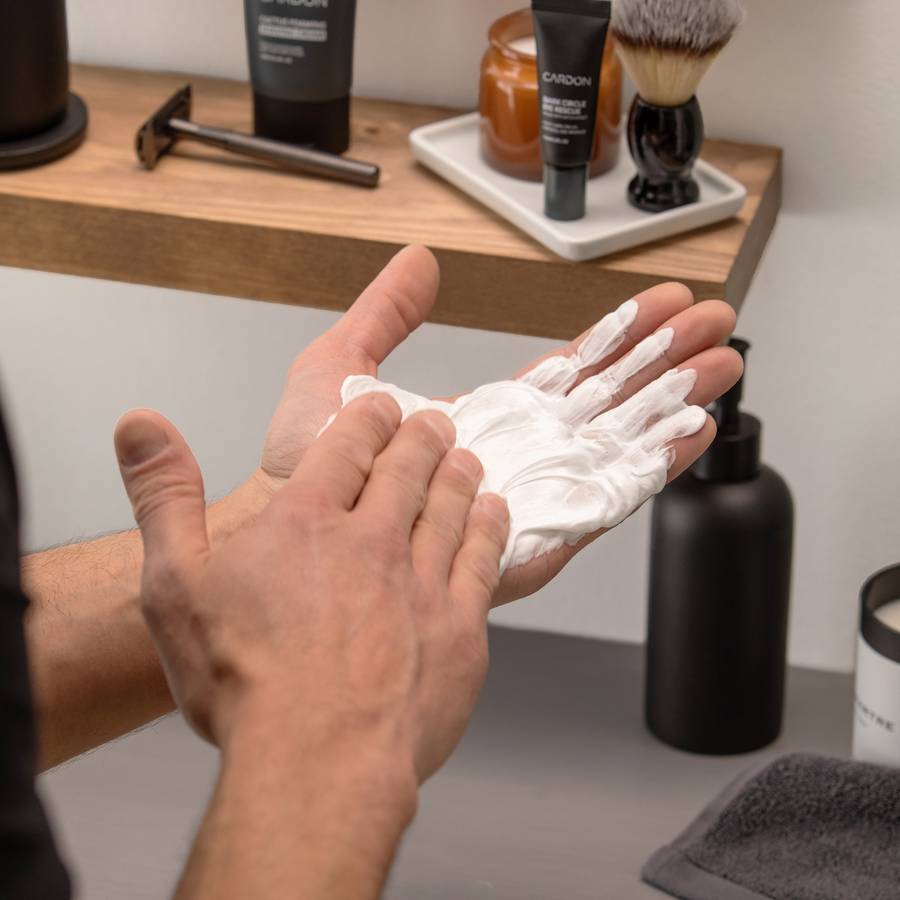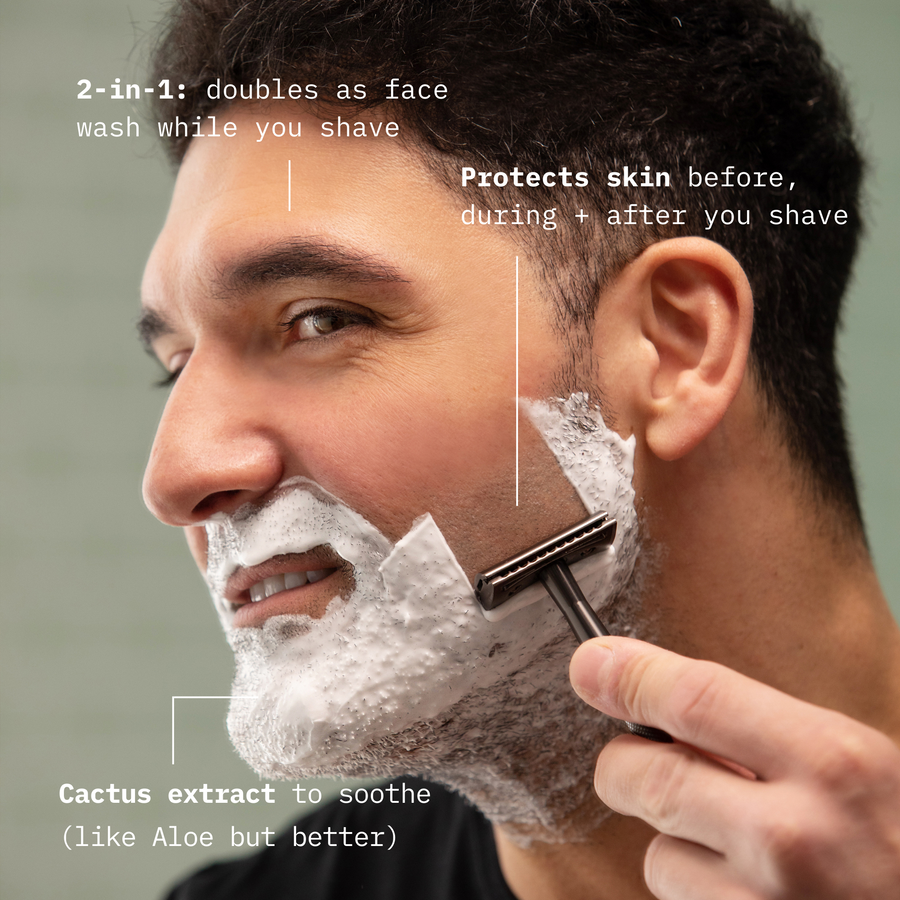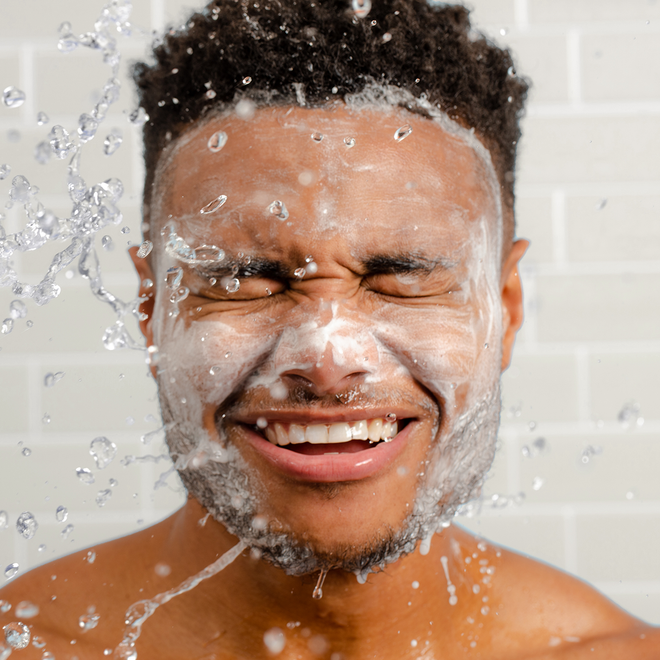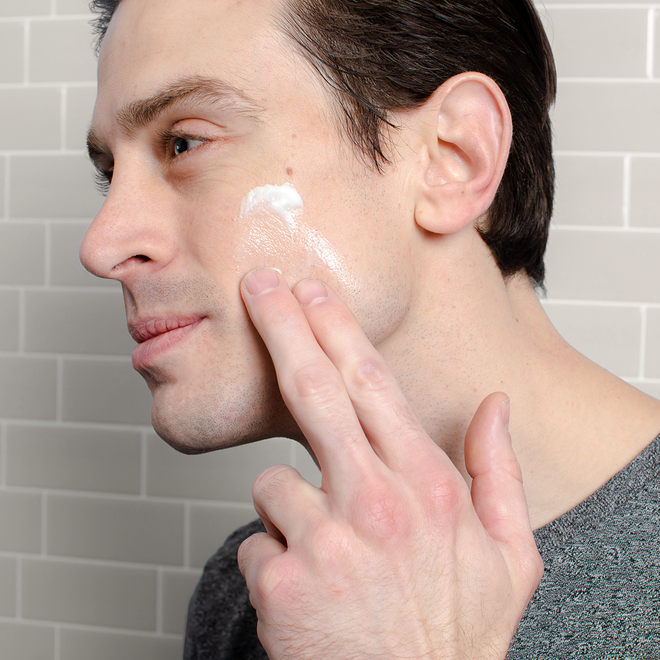Get a Better Shave with Better Skincare
Learn best practices to get a better shave and reduce shaving irritation with this pre-shave routine, shaving routine, and post-shave routine.
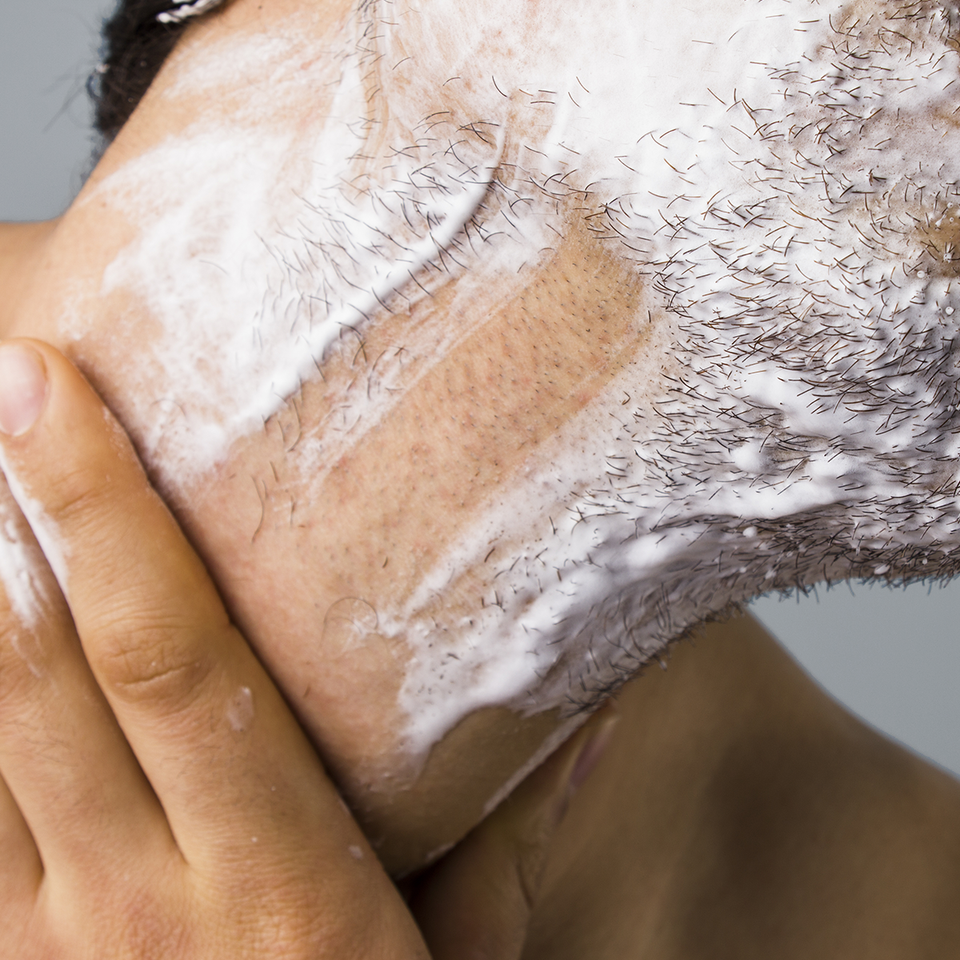
Razors and shave creams get all the glory, but the secret to a better shave is in the skincare. Here is the best shave routine for men, regardless of your skin type.
We’ve all been there: shaved too hastily and without proper skincare steps and ended up with ingrowns, irritation, nicks, and infections. Whether you're doing a full-face shave or a beard and neckline cleanup, having a healthy pre- and post-shave routine is essential to your skin’s health, and to having a safe, clean shave.
You're dragging a sharp blade across your face several times a week. That's bound to take a toll on your skin. Think about what happens to your skin when you shave. You're dragging a sharp blade over your face and shearing off the topmost layer of cells along with all that stubble, (and you're likely doing that several times a week). That's bound to take a toll on your skin, making it sensitive, and susceptible to bacteria, clogged pores, and redness. So having the proper pre- and post-shave skincare regimen is just as important as what razor you're using. And to those with dry, sensitive, or even oily skin—these universal tips include you, too.
Best Pre-Shave Routine for Men
Follow these tips to properly prepare the skin and the whiskers for a safe, healthy shave. (You’ll wonder why you skipped pre-shave oil all these years, once it gives you that Scottie Pippen-caliber assist.)
Cleanse with warm water: Before you use any products on your face, be it shaving routines or anadvanced skincare regimen,you need to first “clear the canvas” and cleanse the skin. This will flush excess grease, grime, and sebum from the skin.
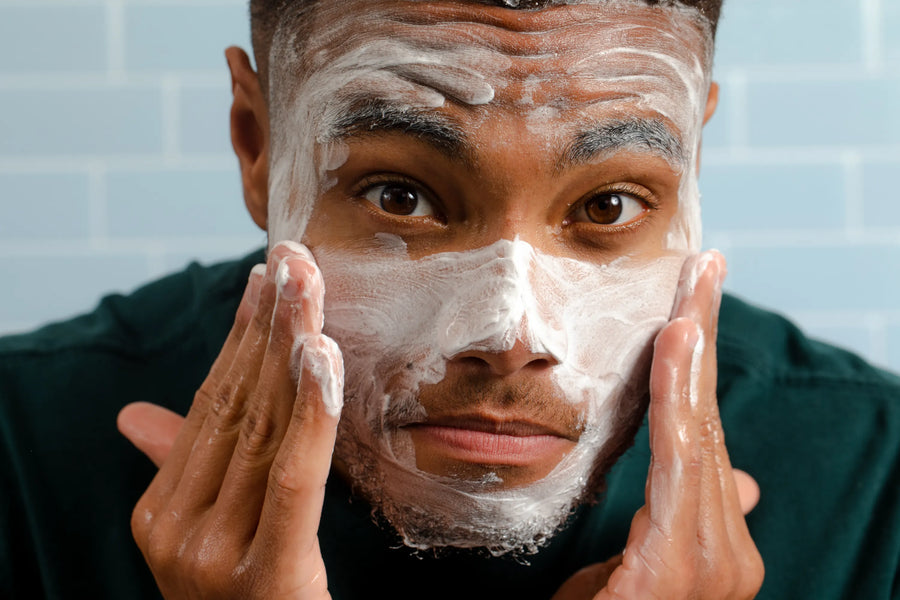

Pick a cleanser that gently but deeply extracts everything from the pores. (This is why Cardon uses clay in its soothing cleanser, because clay notoriously unclogs pores better than anything else.)As this step pertains to shaving, cleansing also opens the pores when you do it with warm water. This will help relax the skin and hairs, and make for a frictionless shave. And, by removing the excess grease and grime, you reduce the razor drag by lowering the amount of gunk that the blades collect and carry with each stroke.
Apply pre-shave oil: After patting the skin dry with a clean towel, apply a pre-shave oil to the whiskers and the skin. This further nourishes and readies the skin for the sharp blade, and softens the hairs even more for the same reason. More importantly, though, the oil creates an invisible, protective layer over top the skin, that allows the razor to seamlessly glide over the skin without compromising the closeness of the shave, like an invisibility cloak for your face.
Best Shaving Routine for Men
Here are the general steps and things you need to consider with your shaving regimen, regardless of your skin type. Let's start with the age-old fight over Cartridge Razor Vs. Safety Razor:
Choose between a cartridge and safety razor: A cartridge razor is the more traditional option these days, since they come with 3-6 blades plus built-in cooling pads, and they promise a thorough shave. But men with sensitive skin or especially thick whiskers have difficulty with the thin space between each blade, or the excessive dragging involved with so many blades.
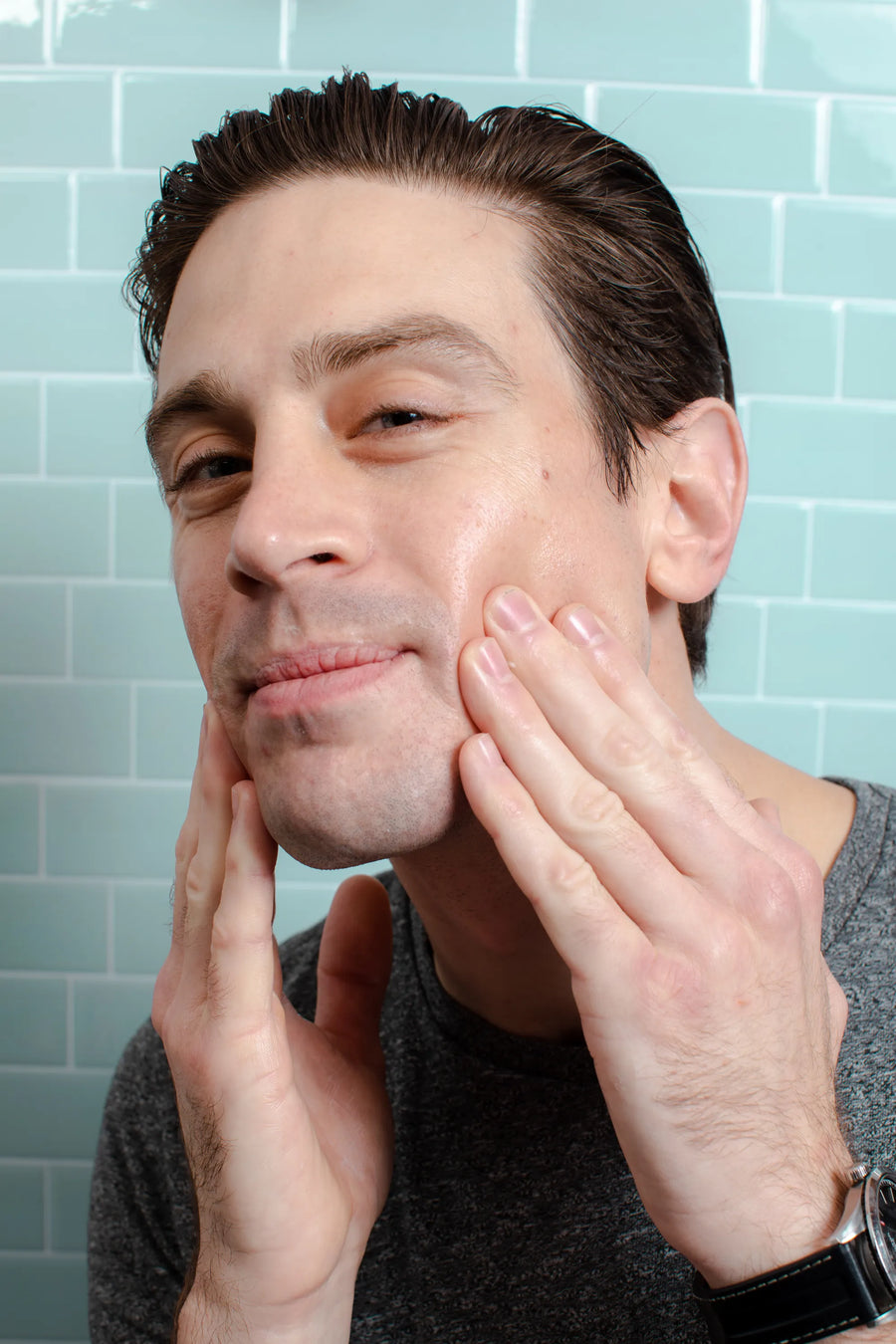

So, like those guys, you might consider a safety razor, which is single or double sided and uses a single blade to shave clean and effectively. Both types of razors require constant blade replacement: Cartridge blades should be replaced every 6-8 shaves or 2-3 weeks, whichever comes first. Safety blades are relatively inexpensive and could be replaced with each shave, though they’re typically ok for 2-3 shaves or 1-2 weeks. Replacing them ensures that you only use the sharpest, cleanest blades.
Choose the shave agent you prefer most: Just personal preferences here. You can choose between shave creams, gels, oils, and soaps; each of them will help reduce micro-cuts and, along with the pre-shave oil, will reduce irritation from the shave. Furthermore, they all soften facial hair and should be applied against the grain to help lift the hairs. If you’re particularly concerned about the ingredients used, then pick a shave agent that touts ingredients like aloe or chamomile, as well as essential oils (like eucalyptus, sandalwood, or lavender) or soothing and hydrating natural oils (like argan or jojoba)—especially if you have sensitive or dry skin.
Shave with the grain: Technically, shaving against the grain of your whiskers’ growth will give you a closer shave—maybe spare you an extra few hours or a day, depending on how fast the hair grows. But, by shaving against the grain, you risk hairs getting trapped under the skin and getting infected. These are how ingrown hairs are formed, and as you know they’re extremely painful, rather unsightly and take forever to heal. When you shave with the grain, you may require an extra pass or a spot check after you finish the core shave, but it'll save you on pain.
Go slow: This is supposed to be a soothing, enjoyable experience. So, take your time to minimize burn and any errors. Make confident strokes—but not too forceful—and rinse the blade under warm water throughout the process.
Store the razor properly: Let the blade dry upright in a cool, dry place before storing it away from dust and moisture until the next shave. This prevents bacteria and dirt from accumulating on the blades, and ensures a hygienic shave next time.
Best Post-Shave Routine for Men
Here’s how to recover the skin from the sharp blades—Hail Mary’s notwithstanding.
Rinse with cold water: Just as warm water opens the pores and relaxes the skin at the start of the routine, you now need to splash cold water at the conclusion, for the exact opposite reasons. This will flush away any debris while closing the pores and defending them from bacteria. Quickly pat the skin dry with your clean towel.
THAT $#!% MOMENT
The occasional nick seems to be unavoidable. If you got a shaving nick or cut, you can also disinfect it with the witch hazel, or an alum-block or styptic pen to disinfect the spot before applying the defensive moisturizer. Be sure that the cut has stopped bleeding before proceeding. You can also apply a hydrating, dense balm over top it—lip balms work wonders here, or a non-petroleum-based balm (since petroleum dehydrates, too).
Disinfect the skin: You need an alcohol-free post-shave product to help tone the skin and kill germs—alcohol, while certainly an effective disinfectant, will dry out the skin and could lead to its own irritation or breakouts. So, pick a hydrating and soothing aftershave, like witch hazel, which balances oil production, soothes irritation, and acts as an antiseptic to prevent breakouts and infections without any risk of drying out the skin. Witch hazel is gentle, too, and is perfectly safe on dry or sensitive skin—just as it is perfect on oily, normal, or combination skin.
Apply a defensive moisturizer: Depending on the time of day, you’ll need to apply a thick overnight moisturizer or an SPF-packed, soothing hydrator—or both.
Shop the collection
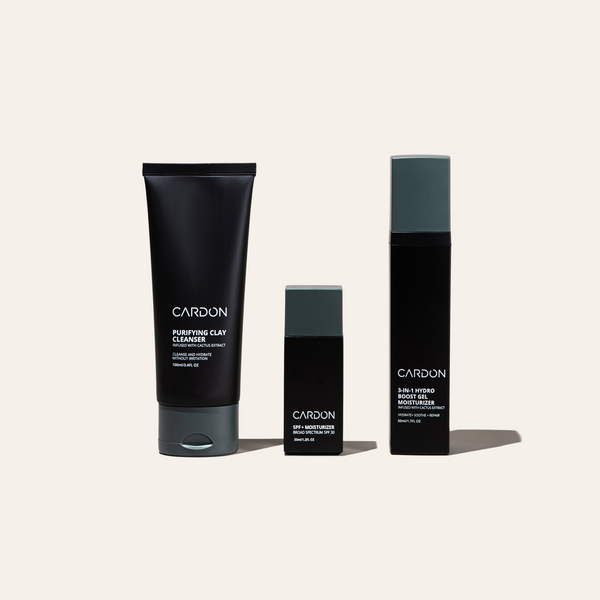
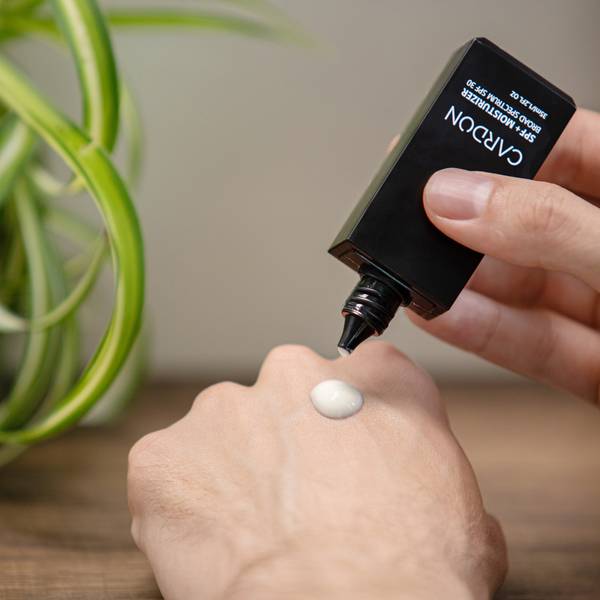
Beginners
Essentials Skincare Set
good for:
Everything you need, nothing you don’t—the Essentials Set is your skincare starter pack. Just cleanse, moisturize, and protect. We took the guesswork out of developing a skincare routine. This is all you need for everyday skin health.
Includes Steps:
- 01 Purifying Clay Cleanser
- 02 Daily SPF + Moisturizer
- 03 Hydro Boost Gel Moisturizer
Never go empty! Subscribe + Save 10%
Essentials Skincare Set
good for:
Everything you need, nothing you don’t—the Essentials Set is your skincare starter pack. Just cleanse, moisturize, and protect. We took the guesswork out of developing a skincare routine. This is all you need for everyday skin health.
Includes Steps:
- 01 Purifying Clay Cleanser
- 02 Daily SPF + Moisturizer
- 03 Hydro Boost Gel Moisturizer
Never go empty! Subscribe + Save 10%
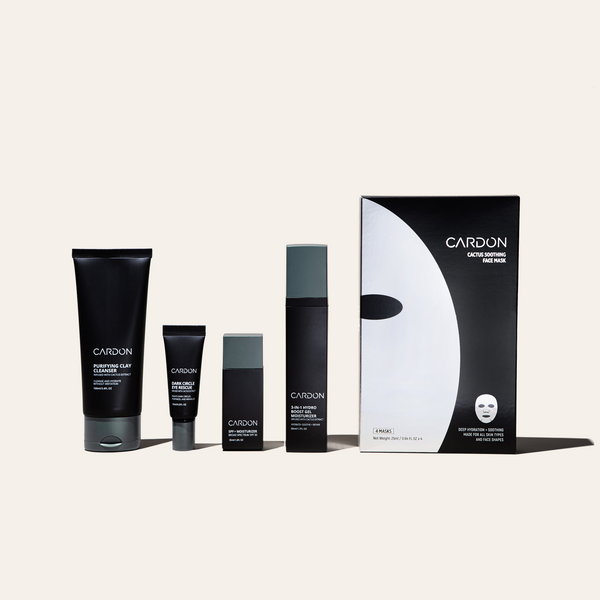
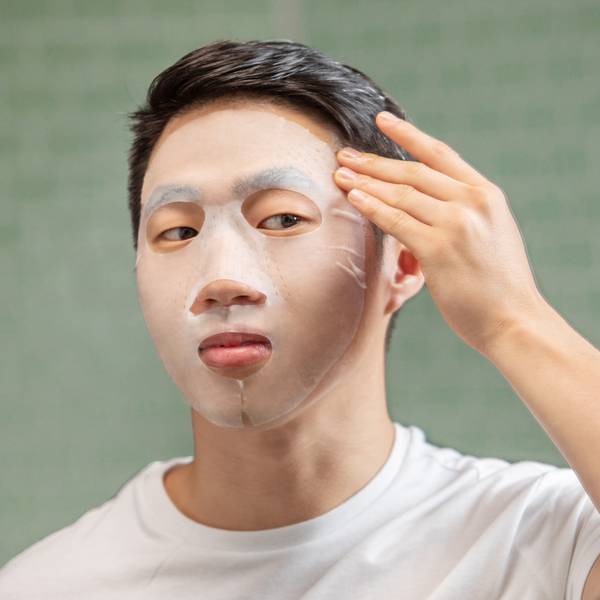
Dry Skin Set
good for:
Skin feeling a bit thirsty? The Dry Skin Set was crafted specifically for those with a dry skin type.
If you deal with flakiness, dull complexion, visible fine lines, red patches, or any combination of the above, this set was made for you. This is all you need to hydrate your skin—and keep it hydrated.
Includes Steps:
- 01
- 02 Dark Circle Eye Rescue
- 03 Daily SPF + Moisturizer
- 04 Hydro Boost Gel Moisturizer
- 05 Cactus Soothing Face Mask
Never go empty! Subscribe + Save 10%
Dry Skin Set
good for:
Skin feeling a bit thirsty? The Dry Skin Set was crafted specifically for those with a dry skin type.
If you deal with flakiness, dull complexion, visible fine lines, red patches, or any combination of the above, this set was made for you. This is all you need to hydrate your skin—and keep it hydrated.
Includes Steps:
- 01
- 02 Dark Circle Eye Rescue
- 03 Daily SPF + Moisturizer
- 04 Hydro Boost Gel Moisturizer
- 05 Cactus Soothing Face Mask
Never go empty! Subscribe + Save 10%
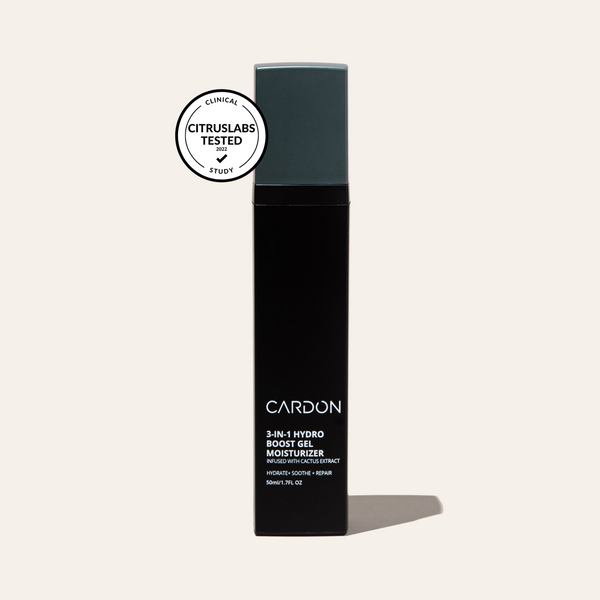

Hydro Boost Gel Moisturizer
good for:
Like a night cap for your skin, our Hydro Boost Gel Moisturizer is the ideal way to finish your evening.
This 3-in-1 gel moisturizer uses Cactus Extract and Rosehip Oil to put in the work while you snooze—hydrating, soothing, and repairing your skin all night long.
“This easily became part of my nightly routine. I've started to notice my face looking healthier and smoother. As a 32 y/o, you start to notice wrinkles creeping in, this helps me keep them at bay.” - Andrew S.
Hydro Boost Gel Moisturizer
good for:
Like a night cap for your skin, our Hydro Boost Gel Moisturizer is the ideal way to finish your evening.
This 3-in-1 gel moisturizer uses Cactus Extract and Rosehip Oil to put in the work while you snooze—hydrating, soothing, and repairing your skin all night long.
“This easily became part of my nightly routine. I've started to notice my face looking healthier and smoother. As a 32 y/o, you start to notice wrinkles creeping in, this helps me keep them at bay.” - Andrew S.
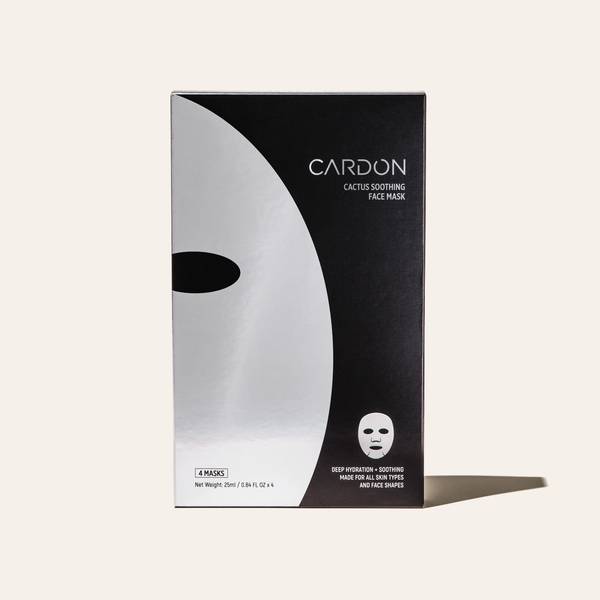
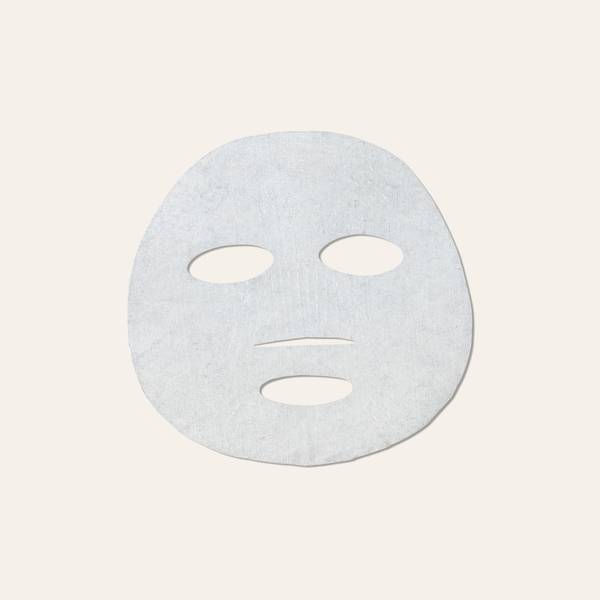
Cactus Soothing Face Mask
good for:
Everyone deserves some self-care time—may we recommend Cactus Soothing Face Mask and chill?
This immediate hydration boost is supercharged with healing ingredients like Cactus Extract and Cica to soothe redness and irritation while reducing fine lines. Perfect for a post-shave treatment or whenever you need a moment for you.
“Stress and late nights working have left my skin looking a bit rough, but this mask was perfect for some at-home spa relaxation. My skin definitely looks a lot more moisturized and refreshed.” - Melody C.
Cactus Soothing Face Mask
good for:
Everyone deserves some self-care time—may we recommend Cactus Soothing Face Mask and chill?
This immediate hydration boost is supercharged with healing ingredients like Cactus Extract and Cica to soothe redness and irritation while reducing fine lines. Perfect for a post-shave treatment or whenever you need a moment for you.
“Stress and late nights working have left my skin looking a bit rough, but this mask was perfect for some at-home spa relaxation. My skin definitely looks a lot more moisturized and refreshed.” - Melody C.
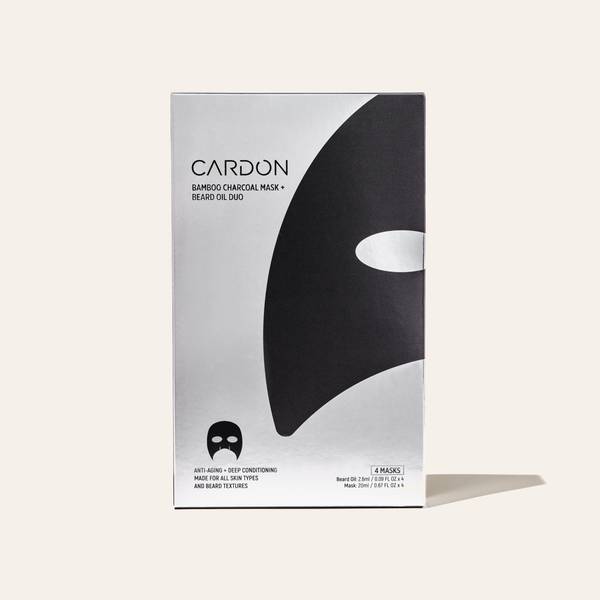
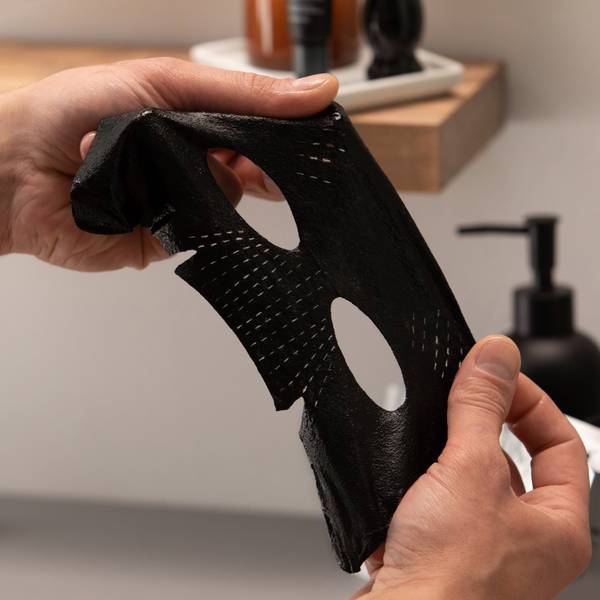
GIFT
Bamboo Charcoal Sheet Mask + Beard Oil
good for:
Often imitated, never duplicated, this innovative sheet mask is the first of its kind and an Ask Men Grooming award winner in the Best Sheet Mask category!
Half mask, half beard treatment, the Bamboo Charcoal Sheet Mask + Beard Oil gives each section of skin (and beard) just what it needs: A detoxifying, hydrating charcoal-infused mask for your skin and a nourishing beard oil blend for the ultimate beard care. Plus, the mask is designed with expandable nose slits to fit any face size and shape.
“I really enjoyed this face mask from Cardon. The beard oil applies easily and the half mask for your cheeks, nose, and forehead fits well and stays in place. My skin looks and feels great after removing the mask. Well done, Cardon!” - Tyler S.
Bamboo Charcoal Sheet Mask + Beard Oil
good for:
Often imitated, never duplicated, this innovative sheet mask is the first of its kind and an Ask Men Grooming award winner in the Best Sheet Mask category!
Half mask, half beard treatment, the Bamboo Charcoal Sheet Mask + Beard Oil gives each section of skin (and beard) just what it needs: A detoxifying, hydrating charcoal-infused mask for your skin and a nourishing beard oil blend for the ultimate beard care. Plus, the mask is designed with expandable nose slits to fit any face size and shape.
“I really enjoyed this face mask from Cardon. The beard oil applies easily and the half mask for your cheeks, nose, and forehead fits well and stays in place. My skin looks and feels great after removing the mask. Well done, Cardon!” - Tyler S.
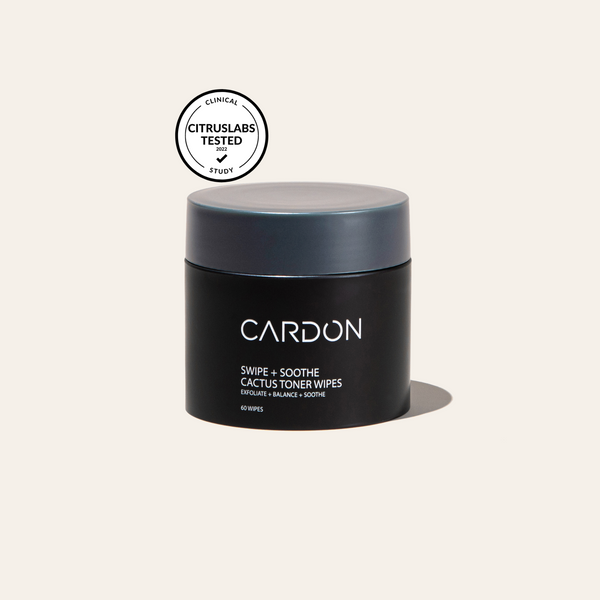

Exfoliating Facial Toner Wipes
good for:
After a long, busy day you just want to sit back, relax, and crack open—our biodegradable Exfoliating Facial Toner Wipes.
Wipe the stress and grime away with our Exfoliating Facial Toner Wipes, which use PHAs and caffeine to unclog pores, balance pH, and soothe the skin all in one easy step. No water needed.
Due to demand, this product is temporarily out of stock. Click "Notify Me" below to be the first to know when it's back!
Exfoliating Facial Toner Wipes
good for:
After a long, busy day you just want to sit back, relax, and crack open—our biodegradable Exfoliating Facial Toner Wipes.
Wipe the stress and grime away with our Exfoliating Facial Toner Wipes, which use PHAs and caffeine to unclog pores, balance pH, and soothe the skin all in one easy step. No water needed.
Due to demand, this product is temporarily out of stock. Click "Notify Me" below to be the first to know when it's back!
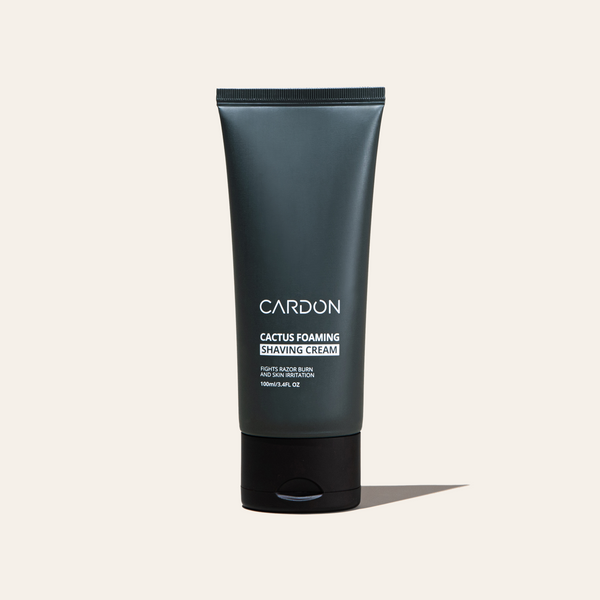
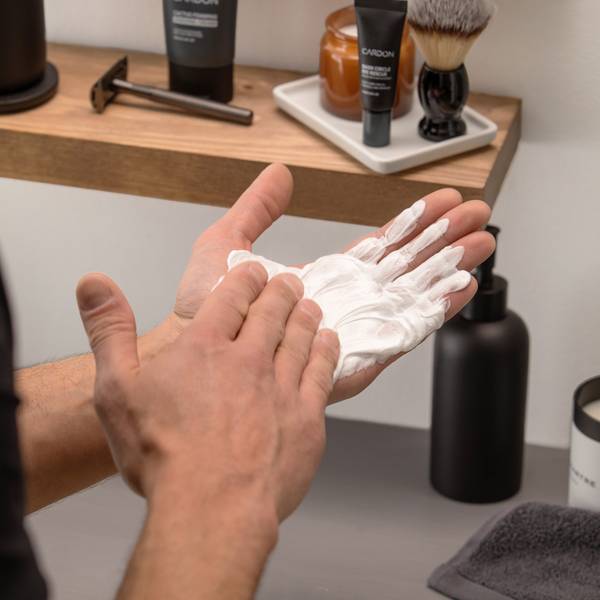
Cactus Foaming Shaving Cream
good for:
This bathroom cabinet staple is a cut above the rest. The Cactus Foaming Shaving Cream for men delivers a close, comfortable shave every time—without having to worry about nicks, razor burns, irritation, and ingrowns.
Our rich foam uses Cactus Extract and Chamomile to create a cushion-like layer to soothe the skin. Plus, you’ll shave some time since this also doubles as a face cleanser.
Due to demand, this product is temporarily out of stock. Click "Notify Me" below to be the first to know when it's back!
Cactus Foaming Shaving Cream
good for:
This bathroom cabinet staple is a cut above the rest. The Cactus Foaming Shaving Cream for men delivers a close, comfortable shave every time—without having to worry about nicks, razor burns, irritation, and ingrowns.
Our rich foam uses Cactus Extract and Chamomile to create a cushion-like layer to soothe the skin. Plus, you’ll shave some time since this also doubles as a face cleanser.
Due to demand, this product is temporarily out of stock. Click "Notify Me" below to be the first to know when it's back!
Cardon Products Are
Easy to Use
We never create two products when we can achieve the same results with one. Cardon products are designed to be easy to use every day.
Backed By Korean Innovation
Korean R&D is two decades ahead of the rest of the world. Cardon products use the highest quality, most effective ingredients out there.
Non-Toxic
Finally, an ingredient label you can feel good about. Every ingredient in Cardon products is good for your skin, and easy on the mind.
